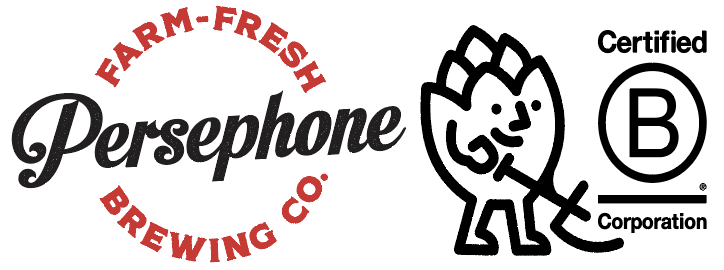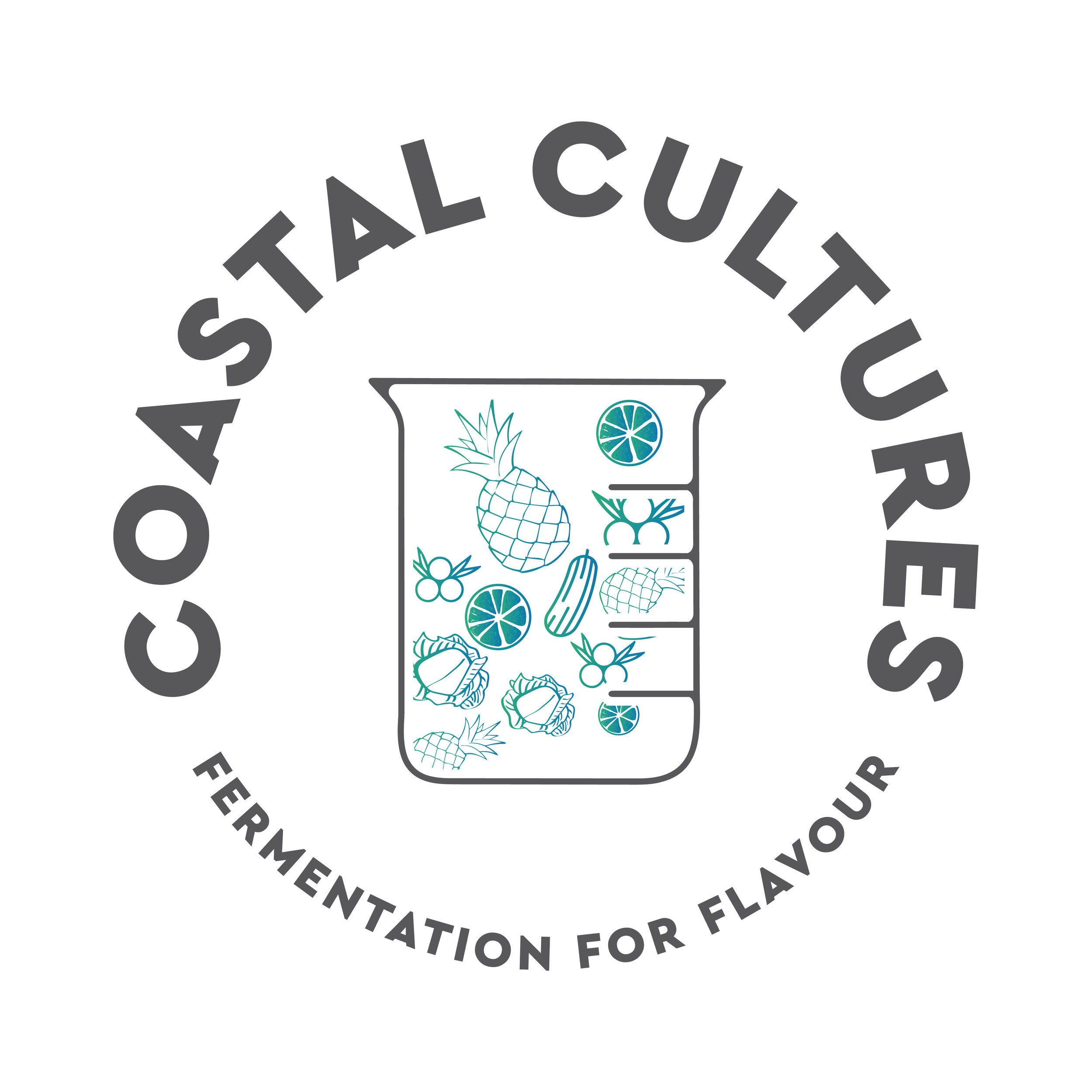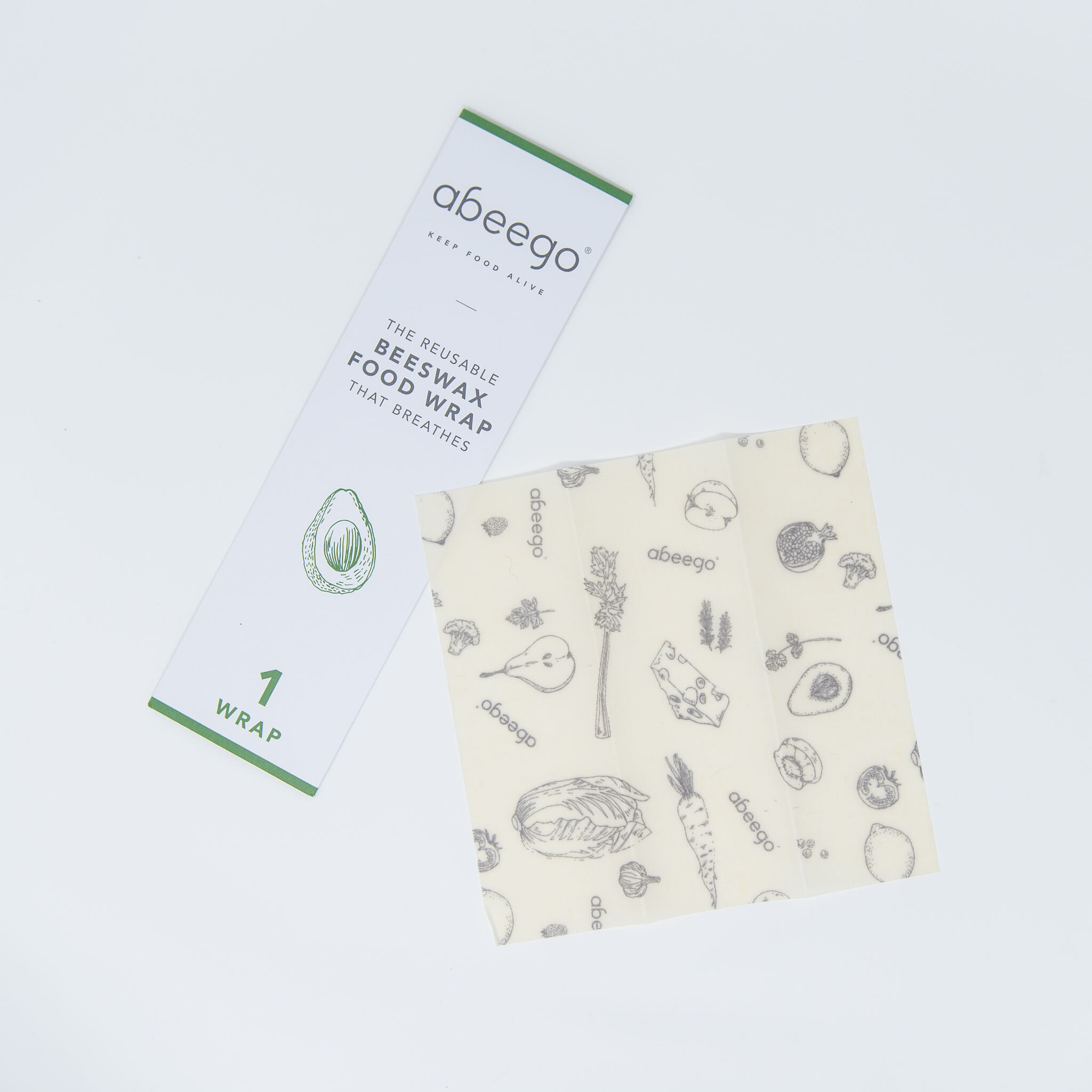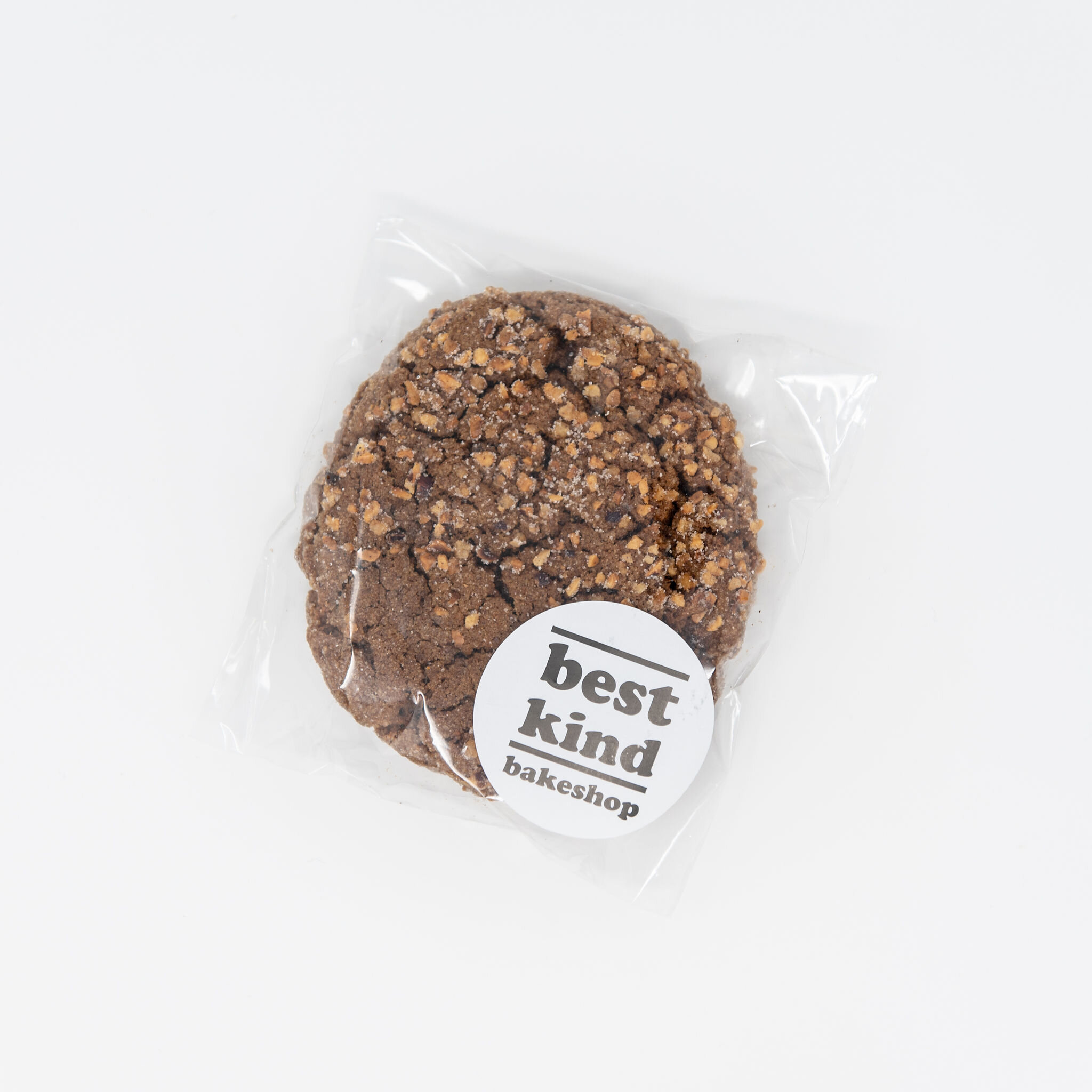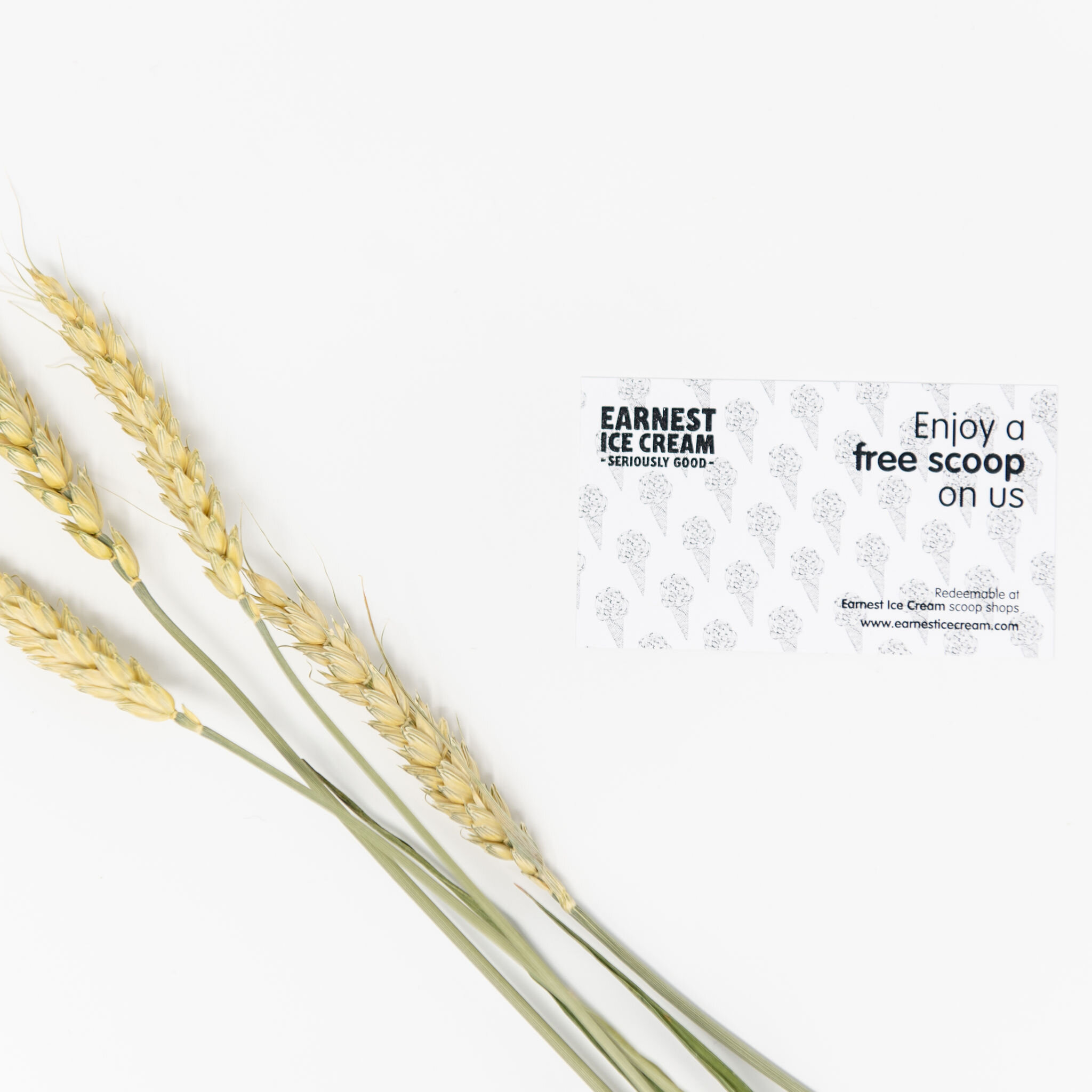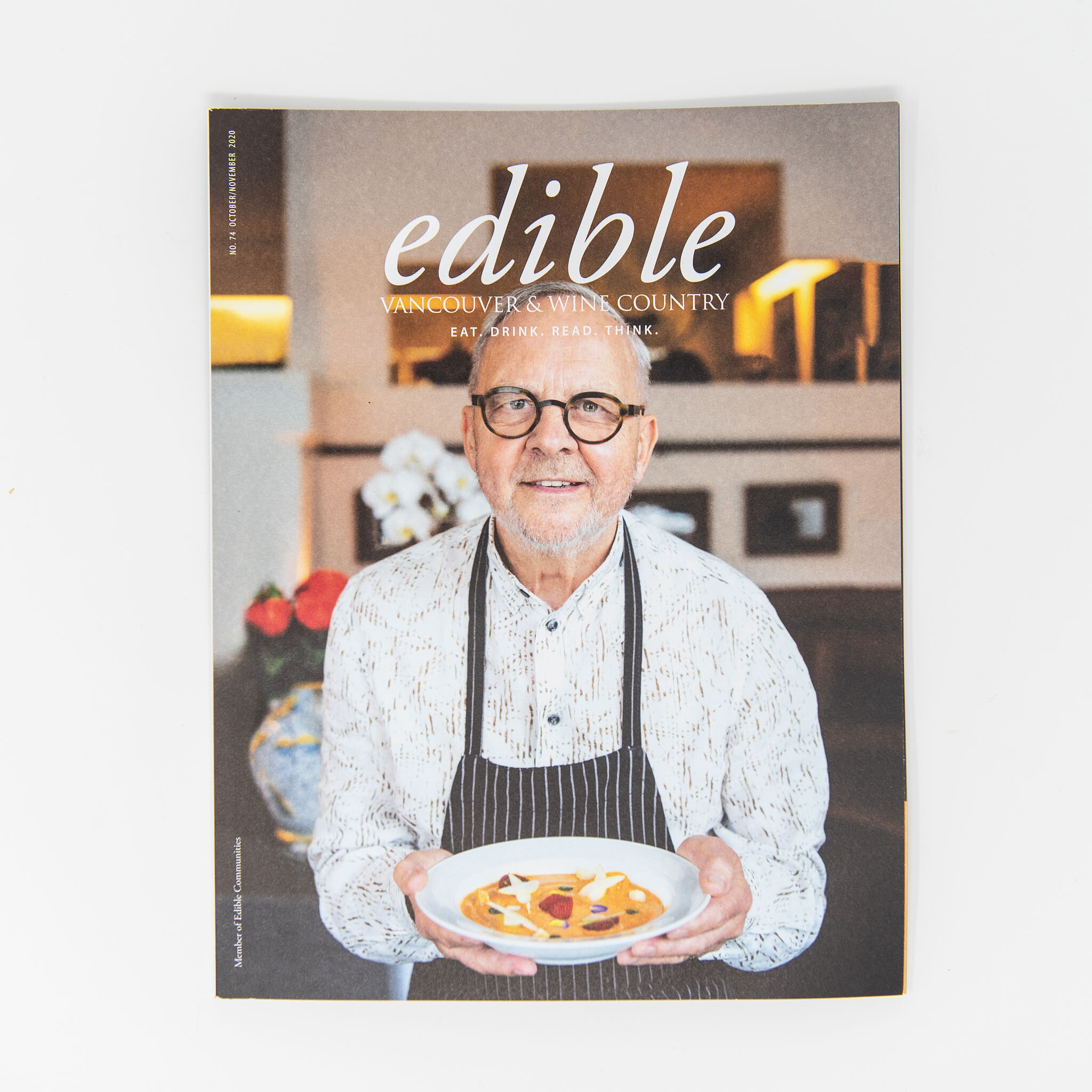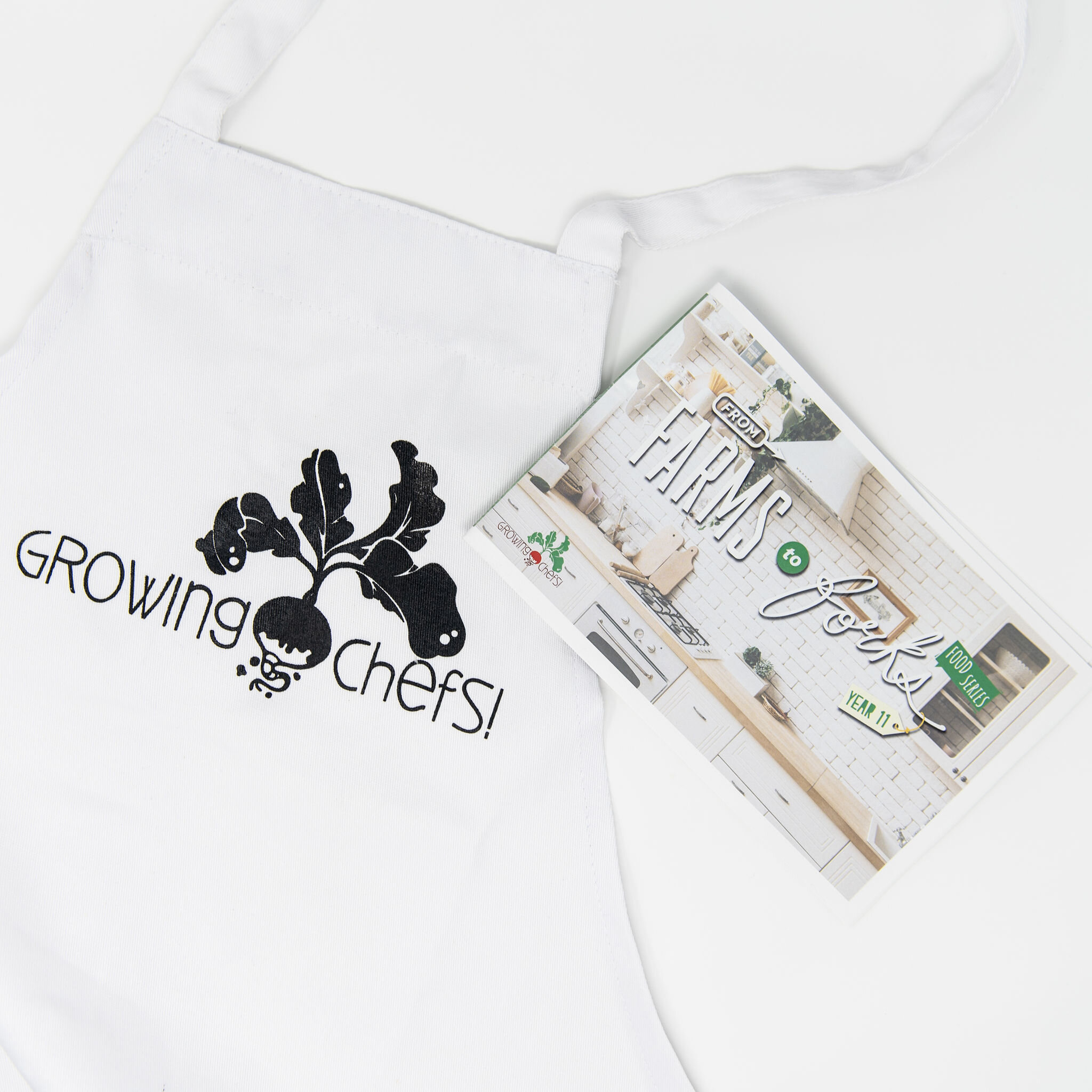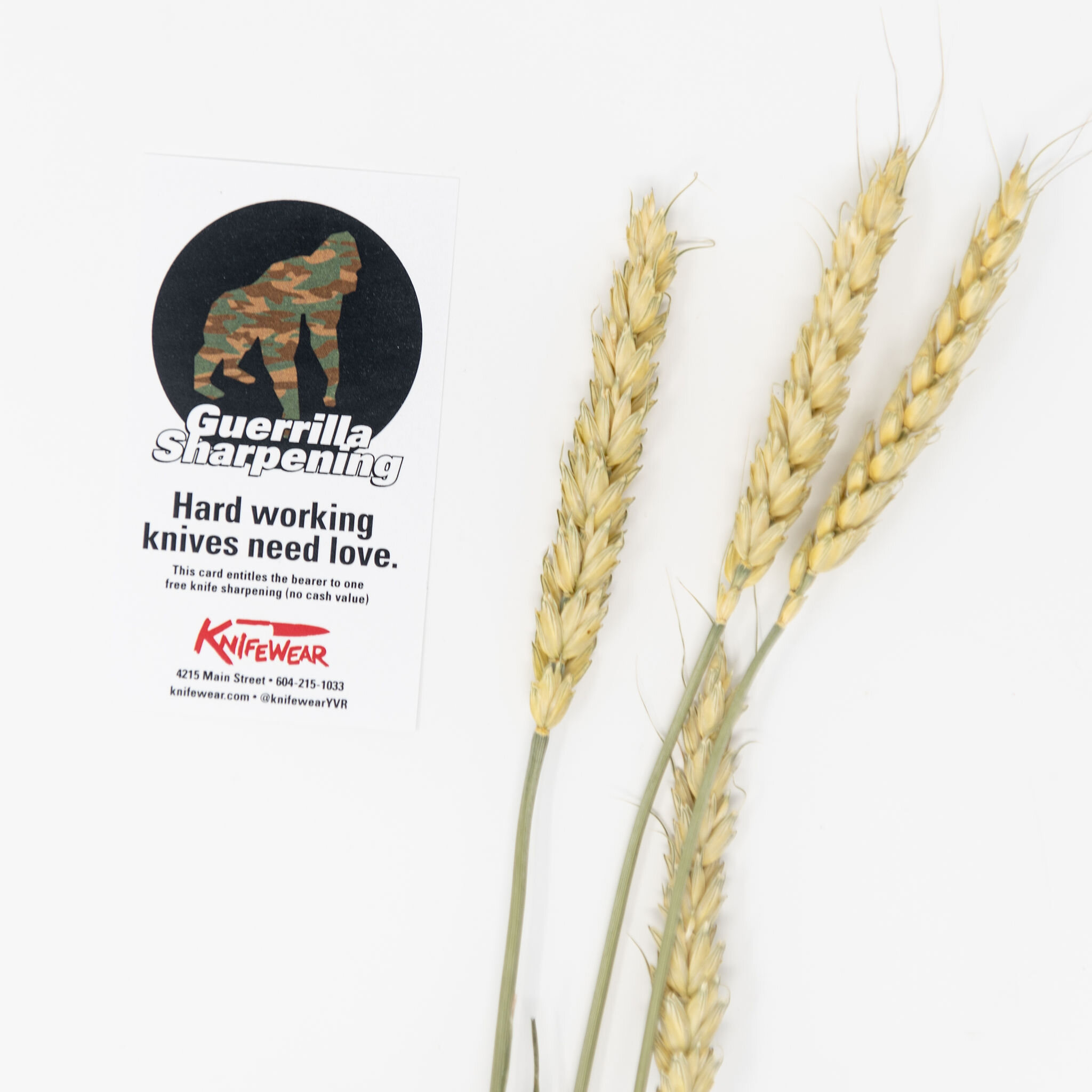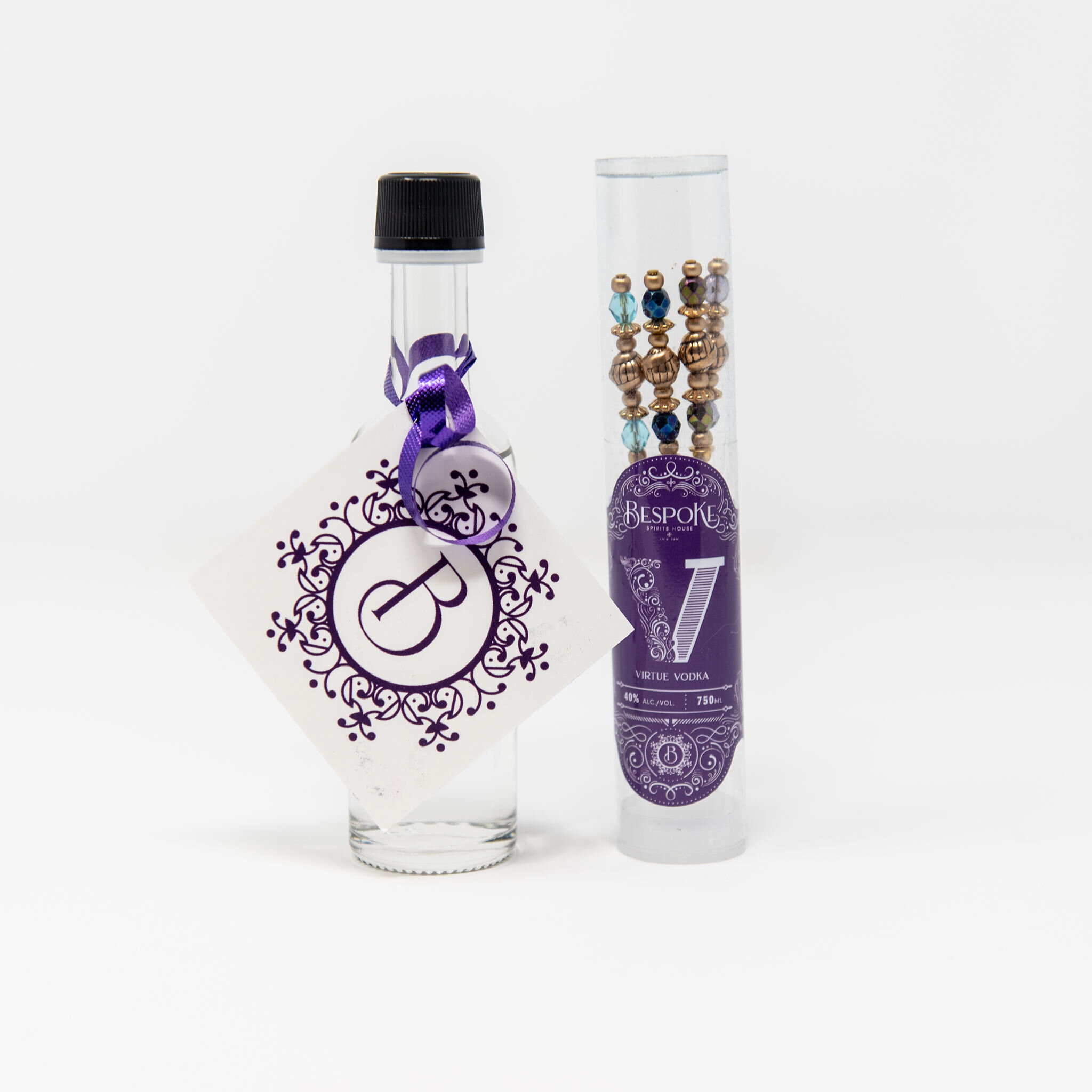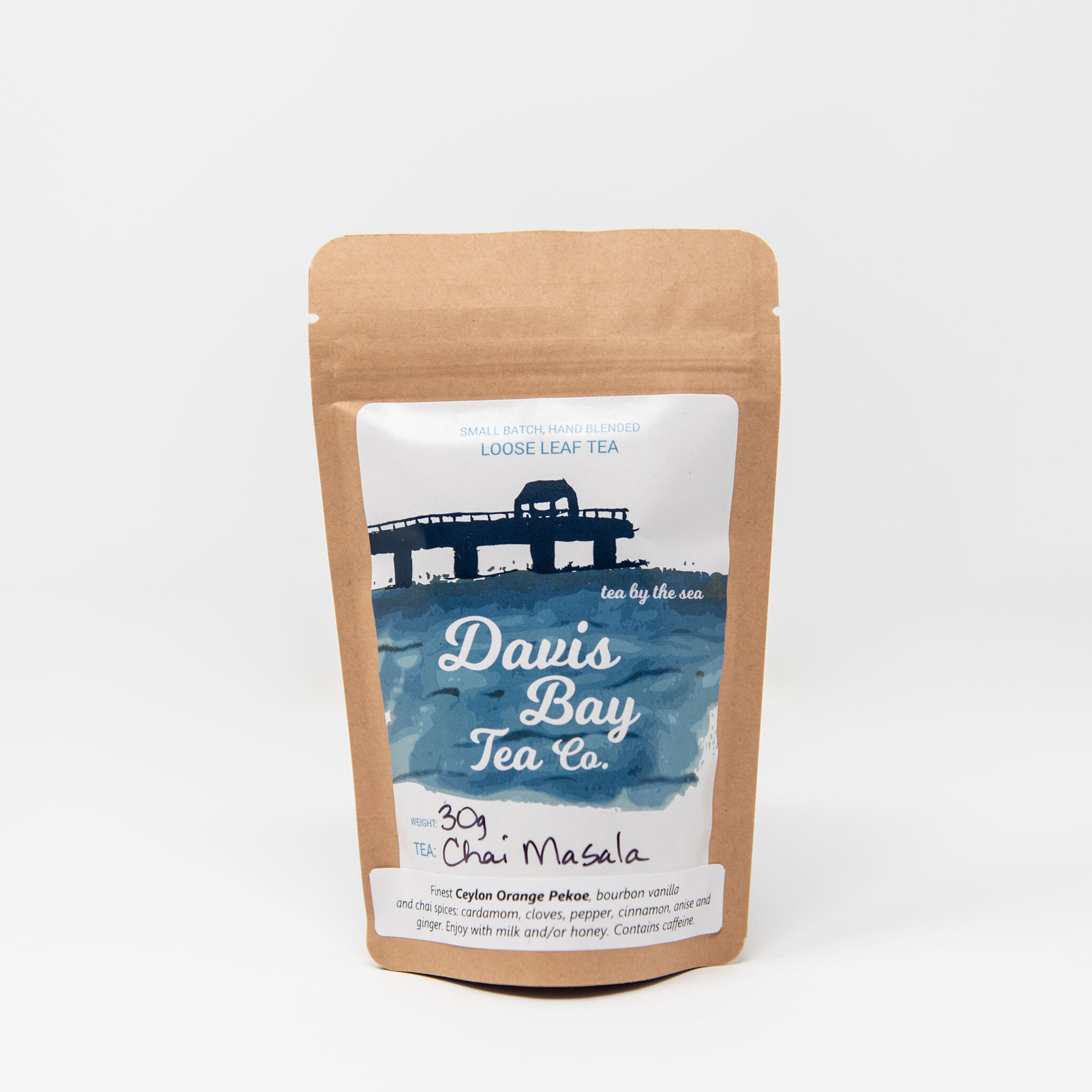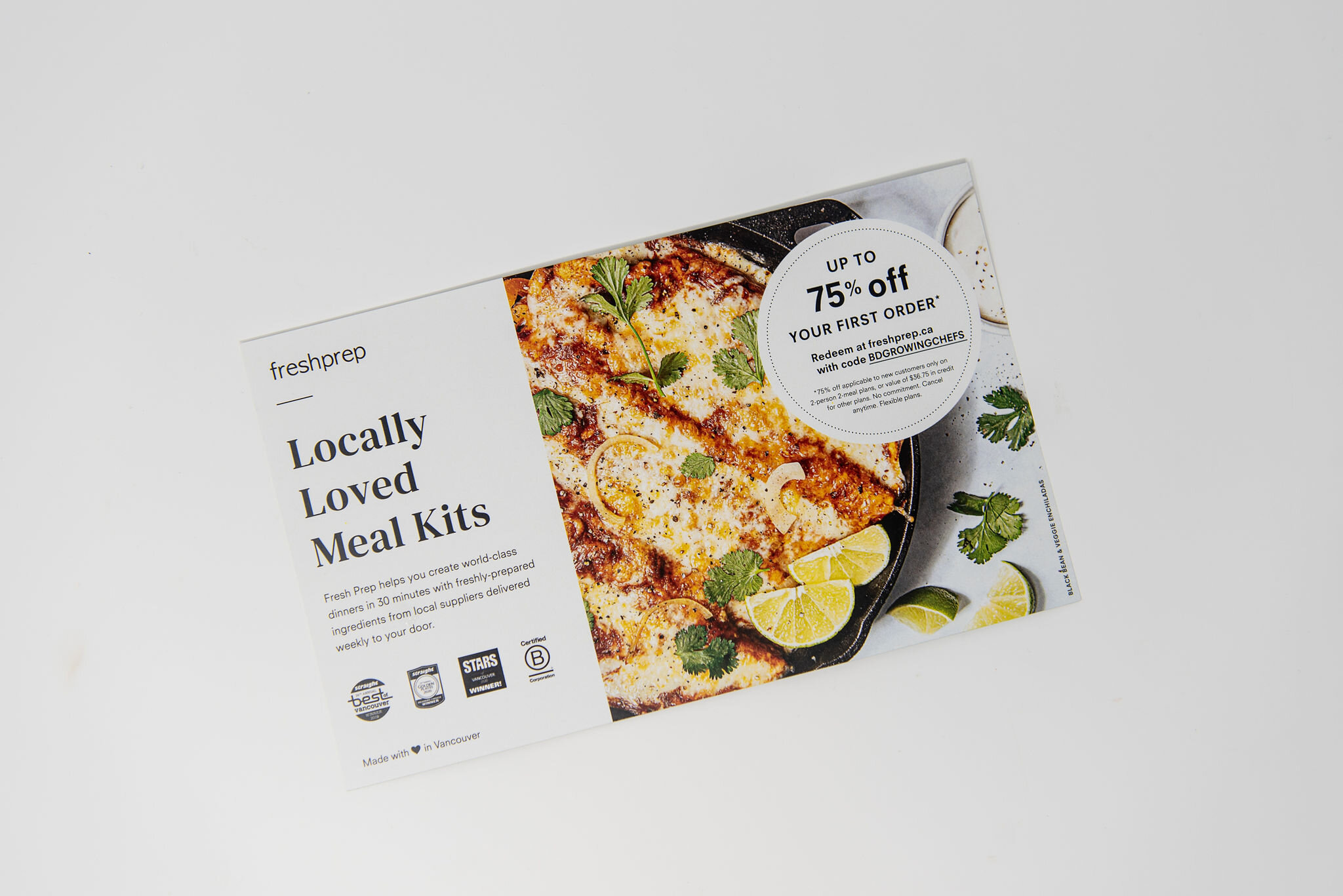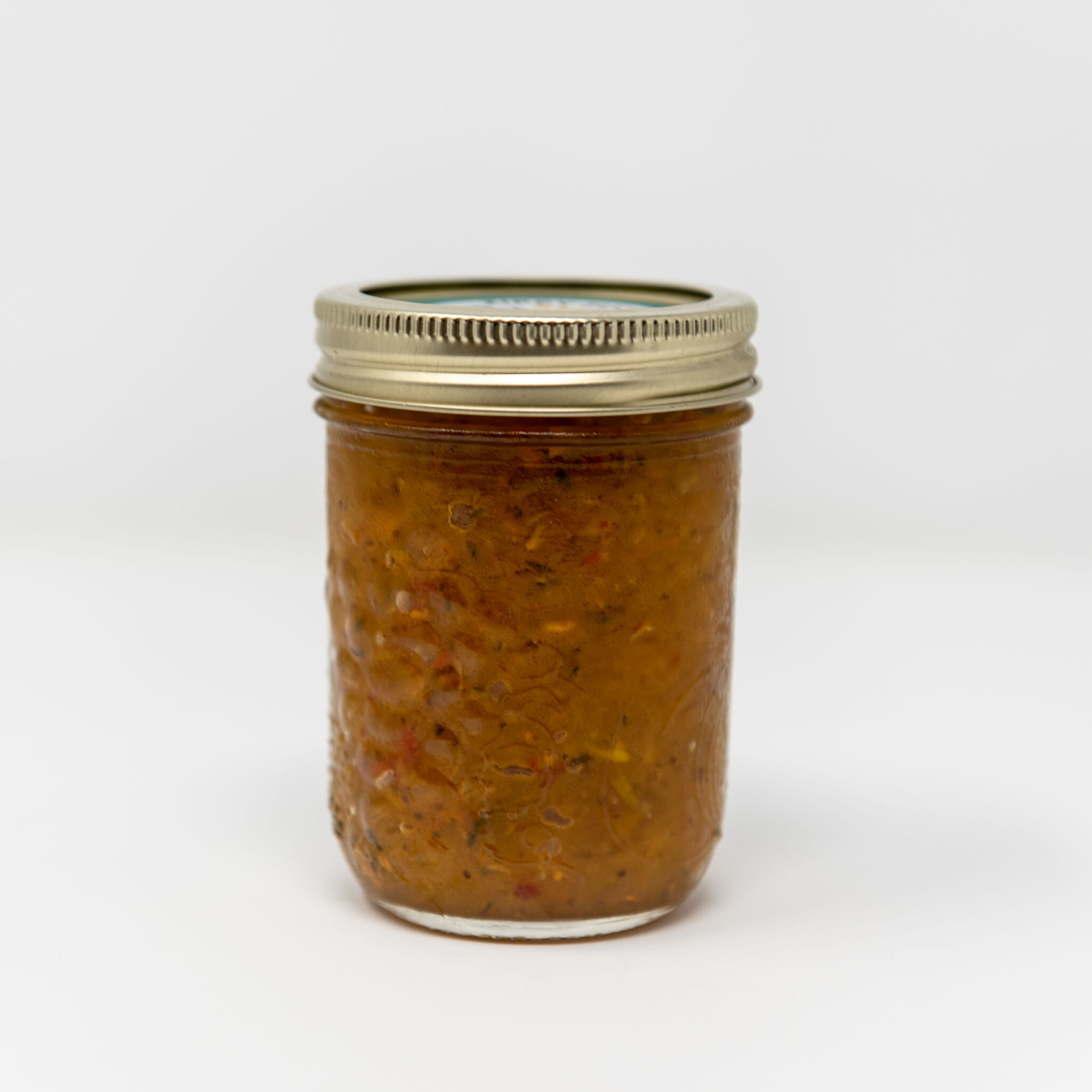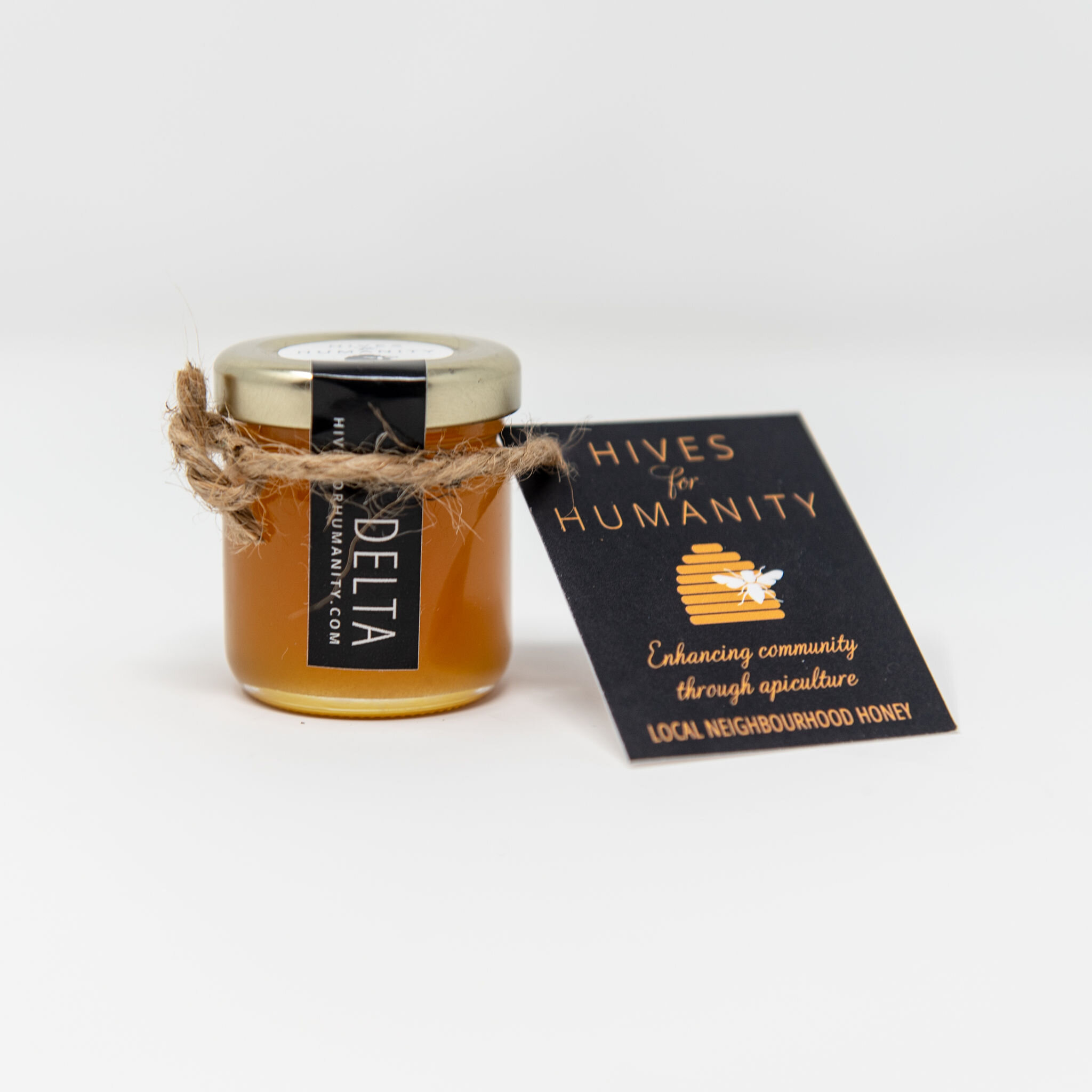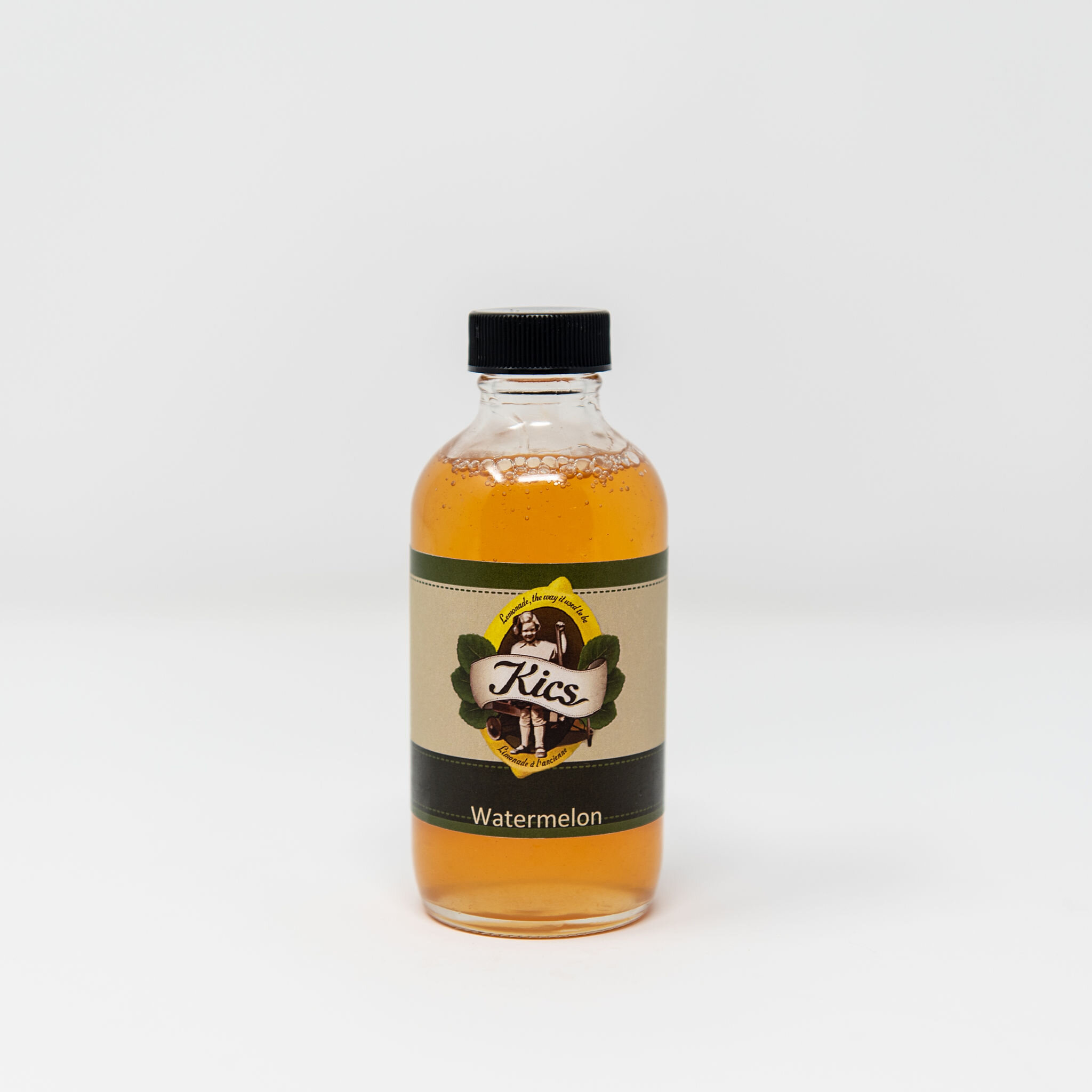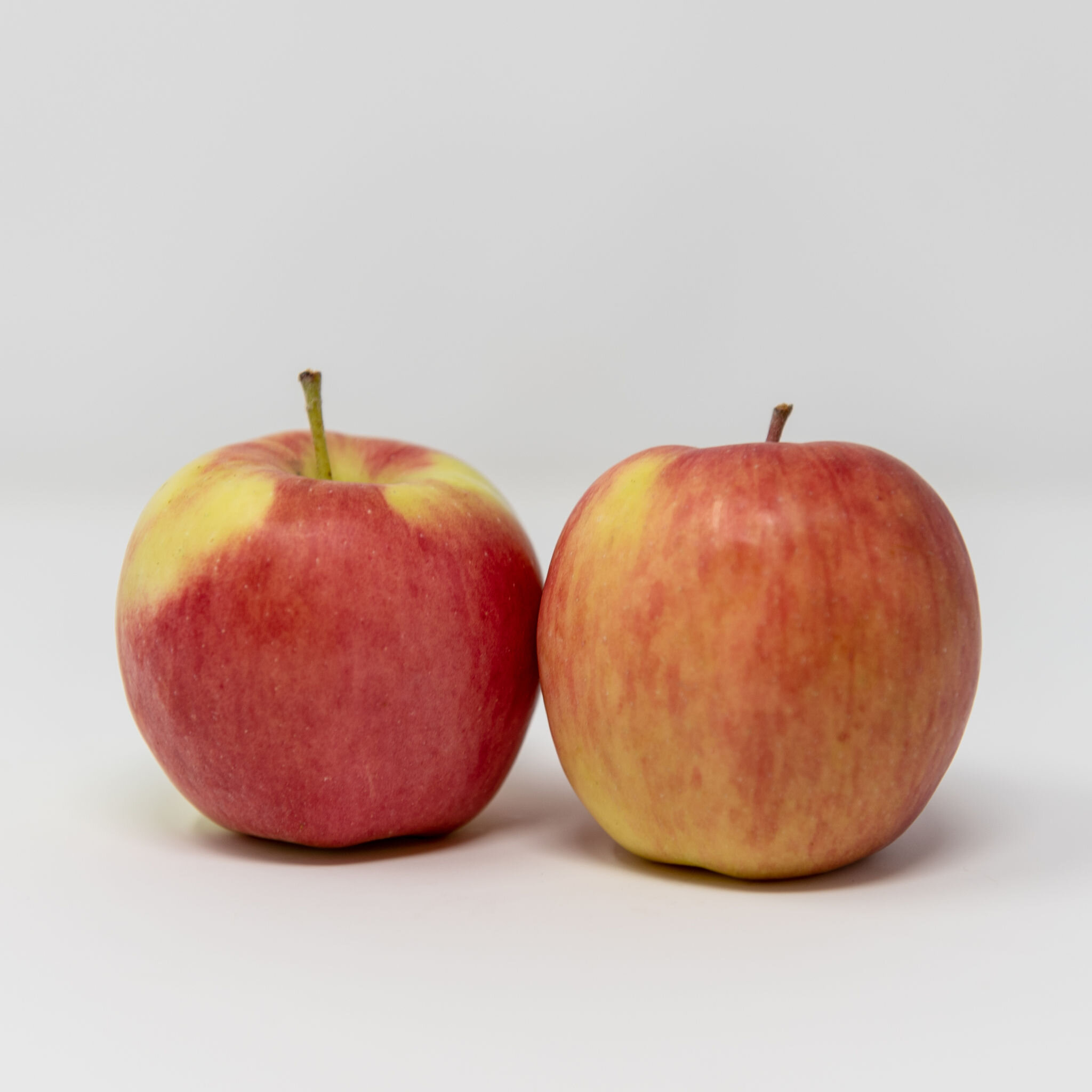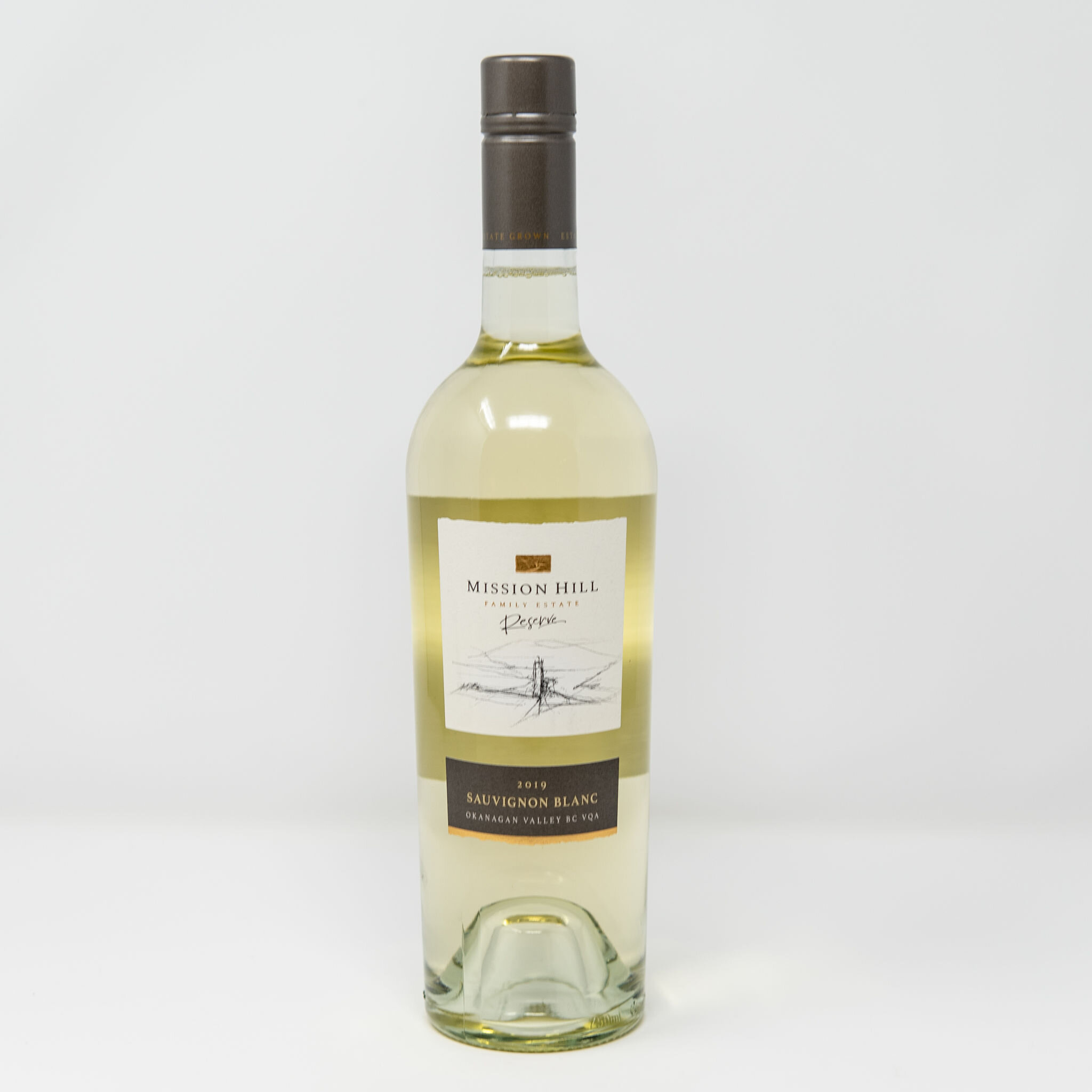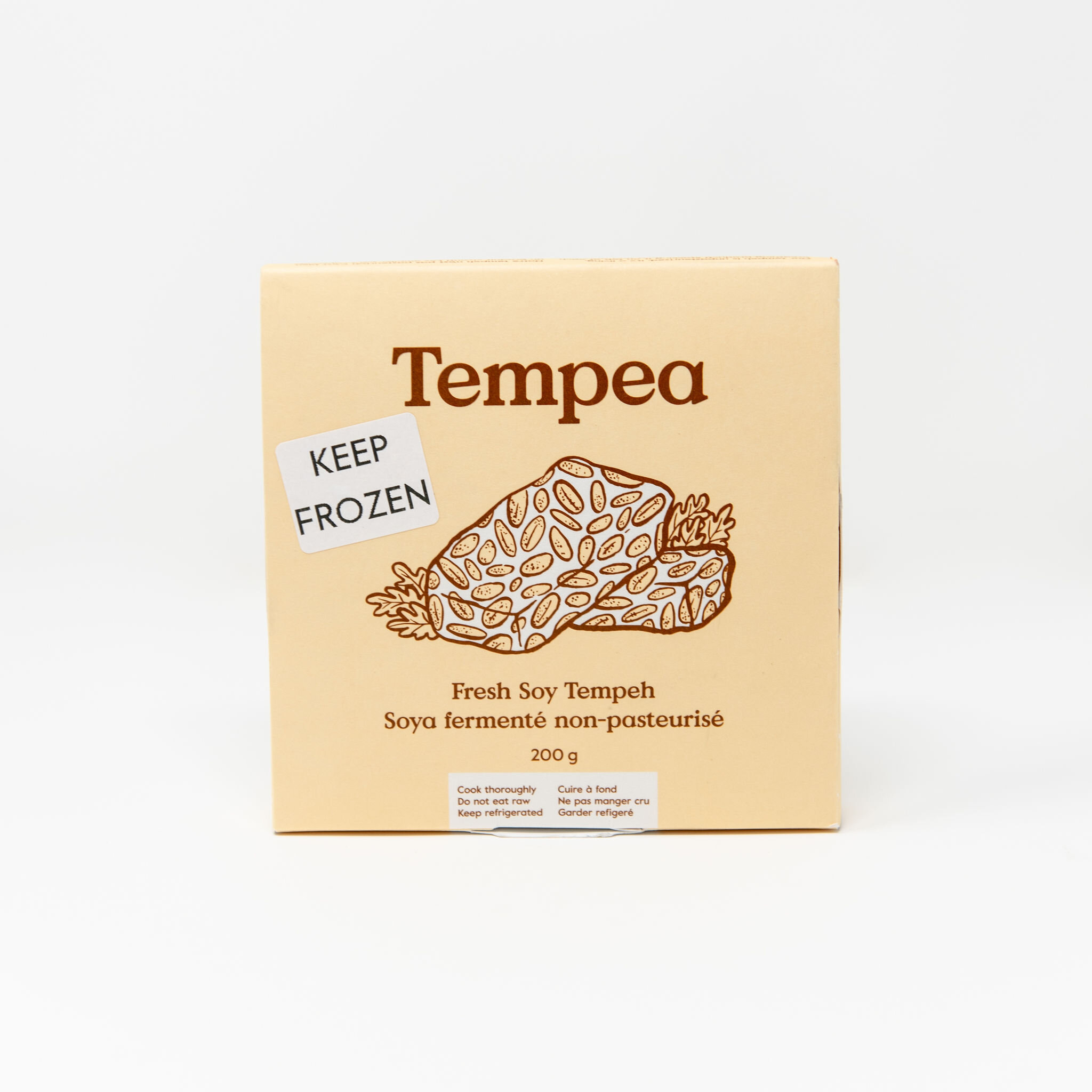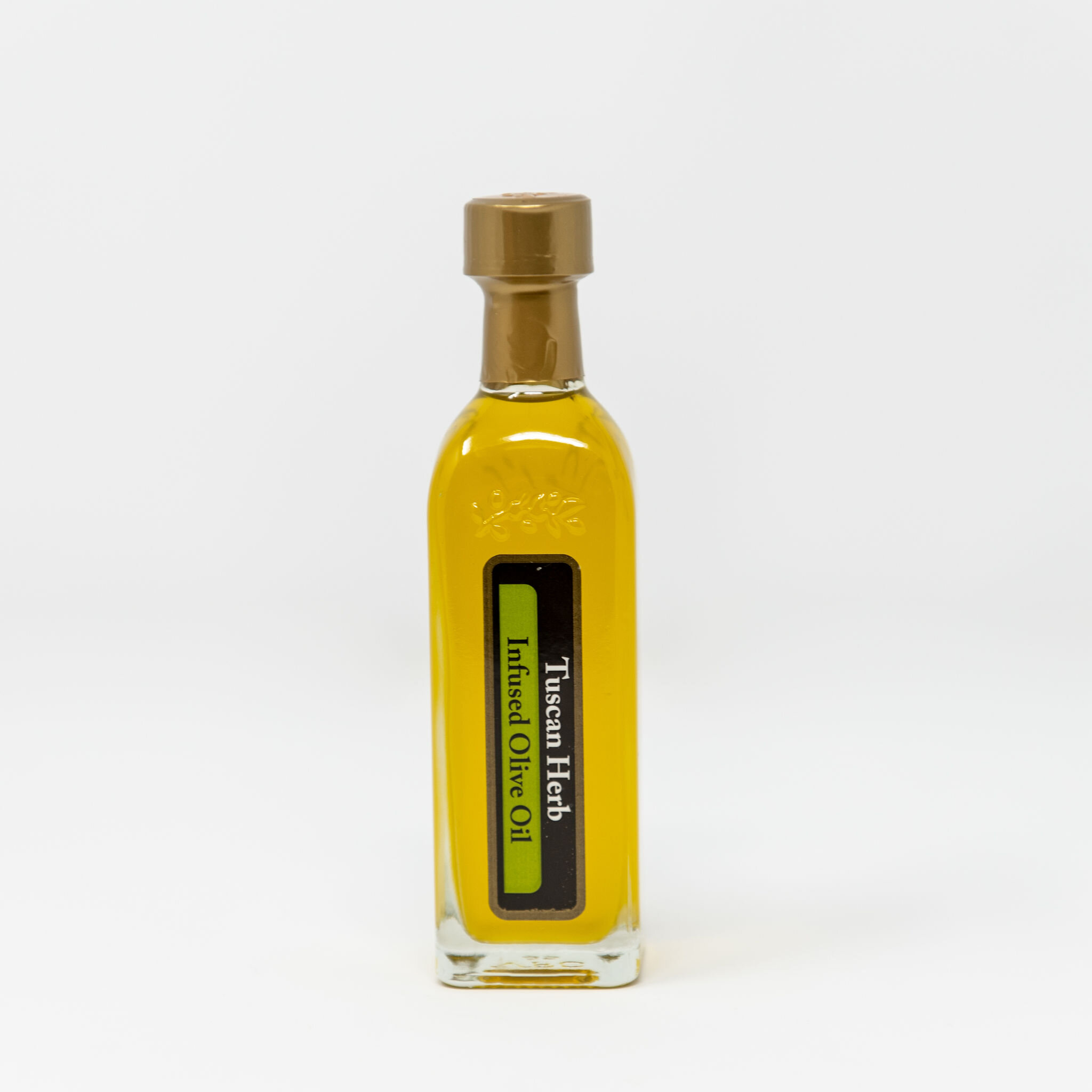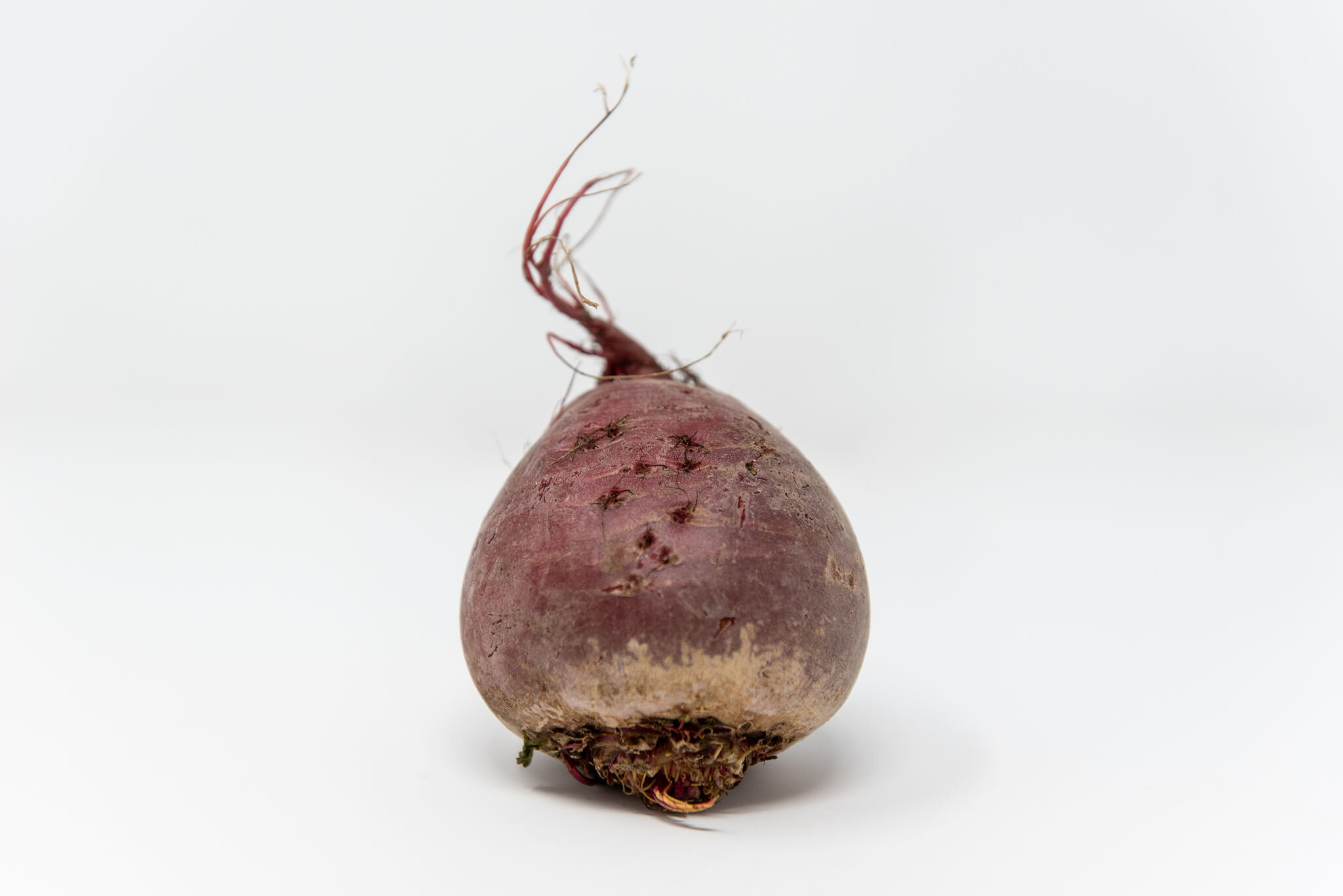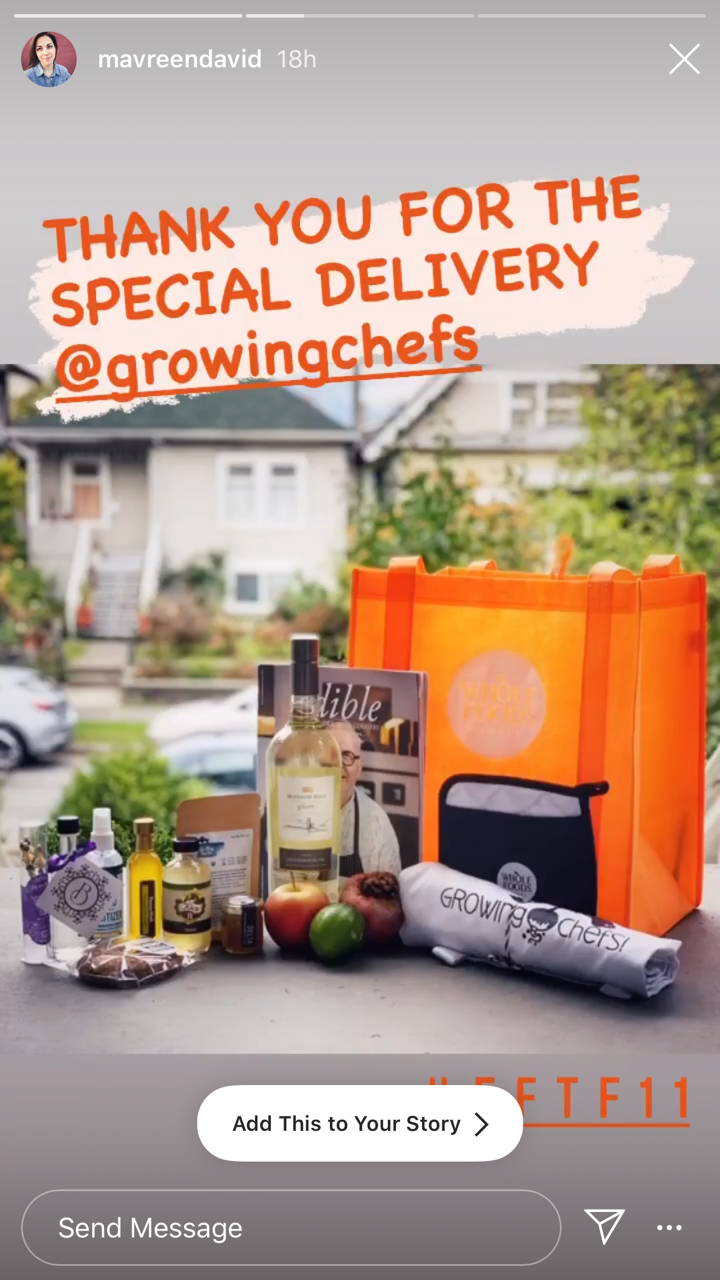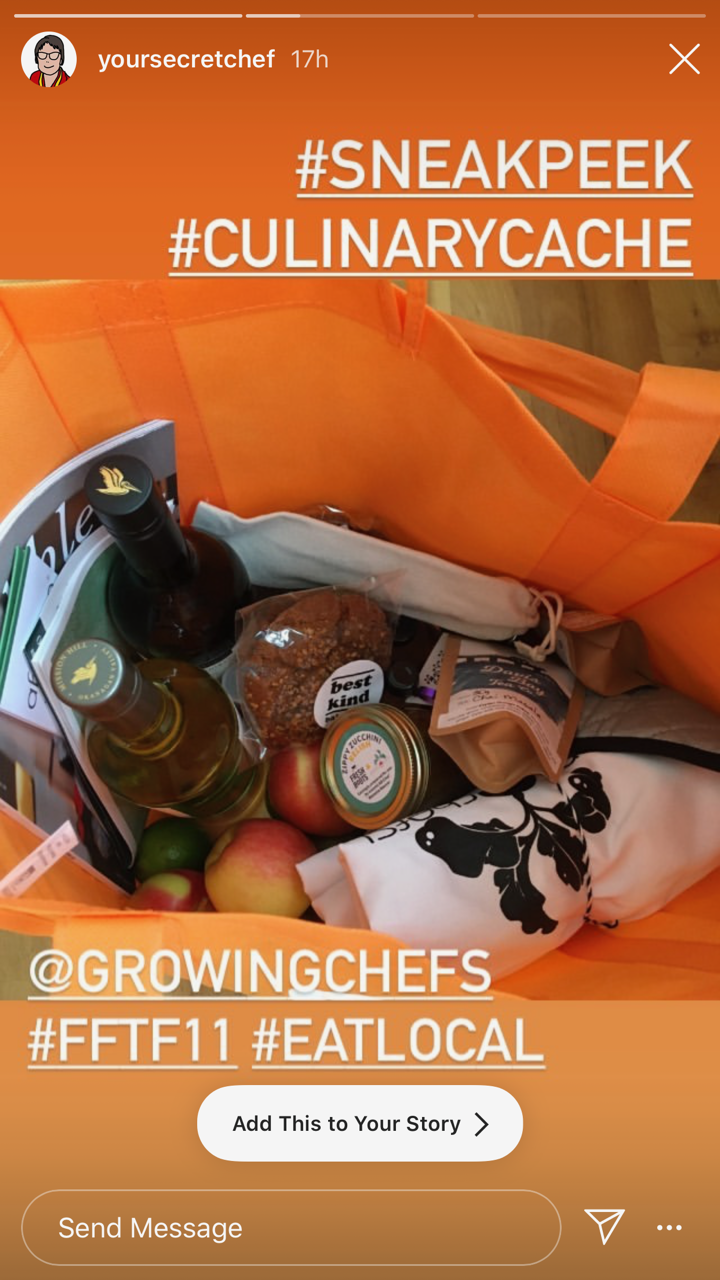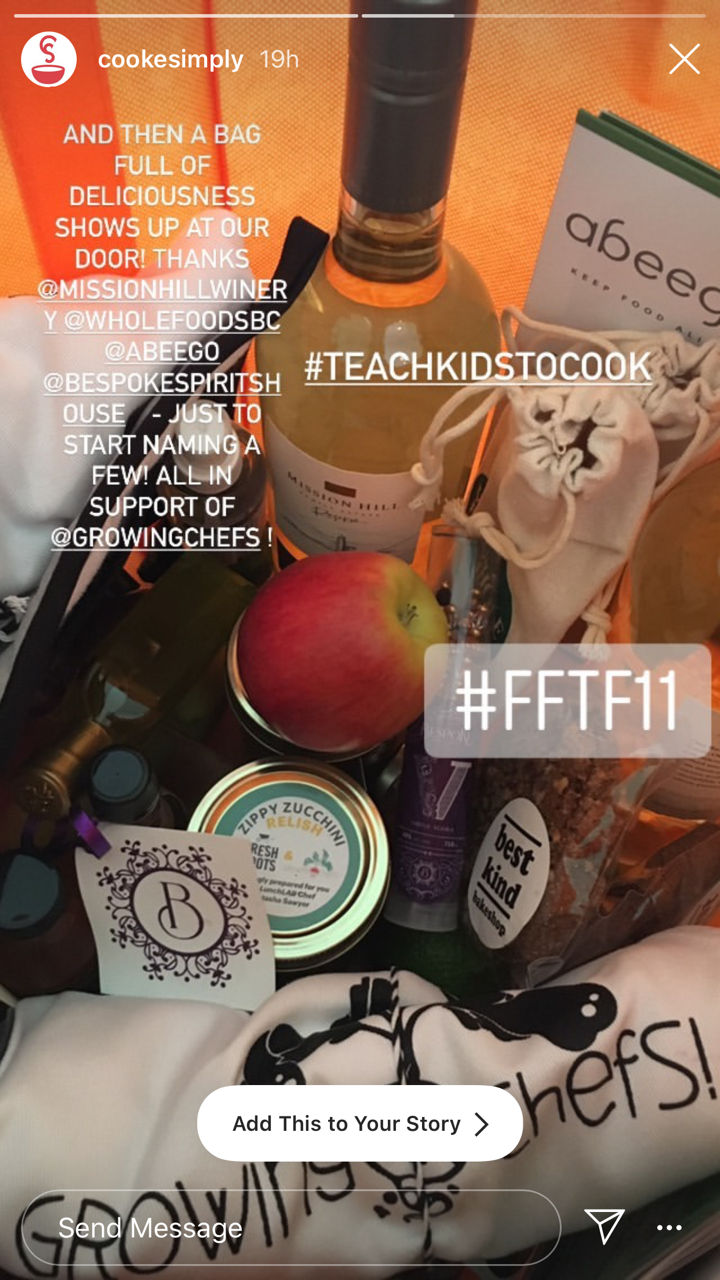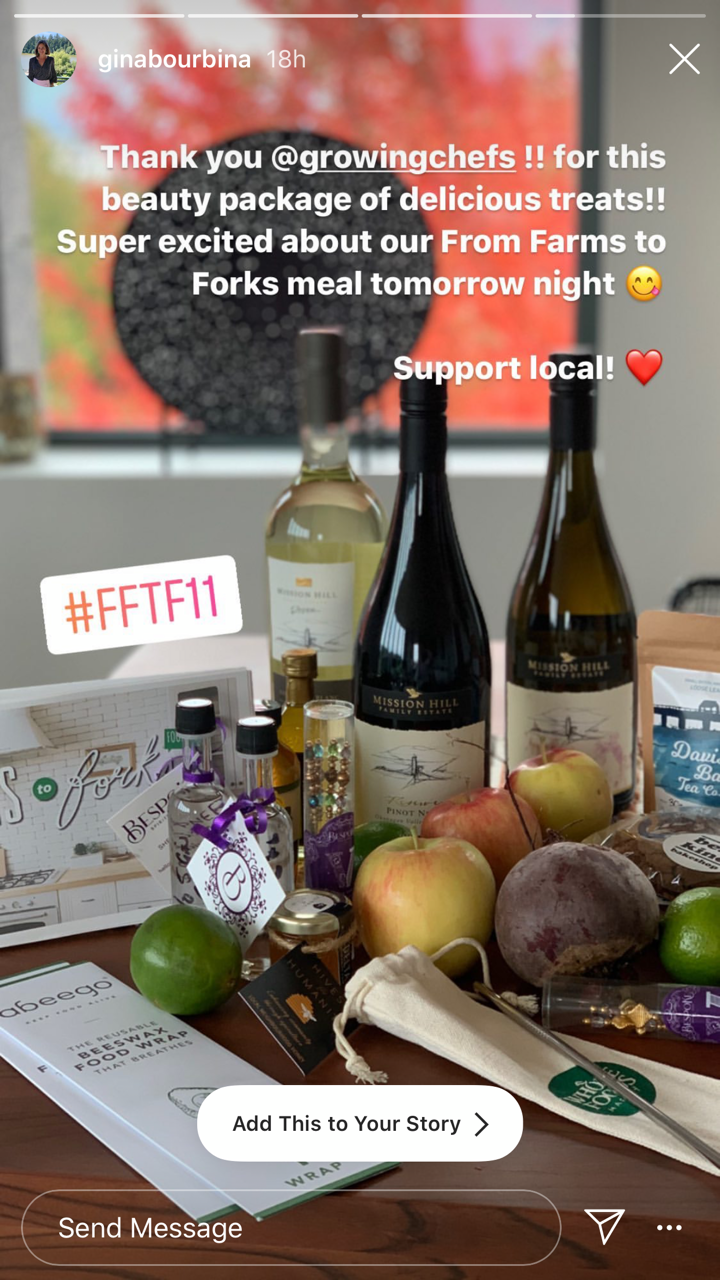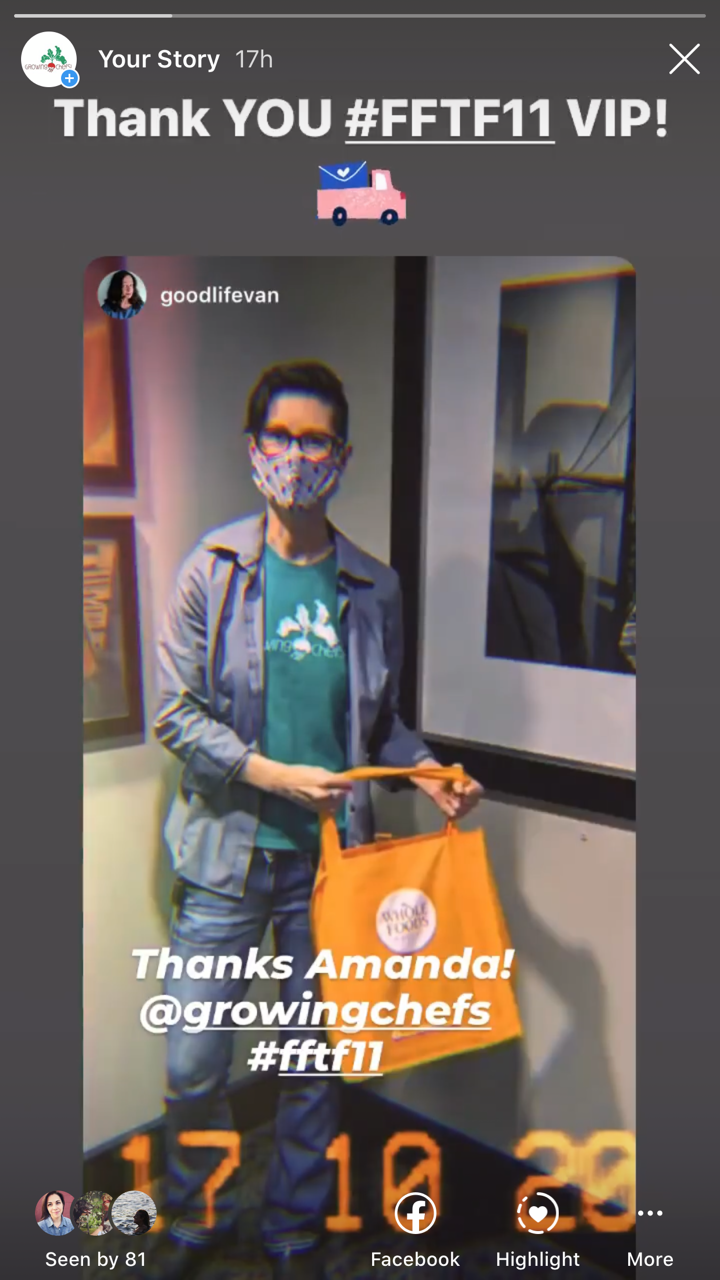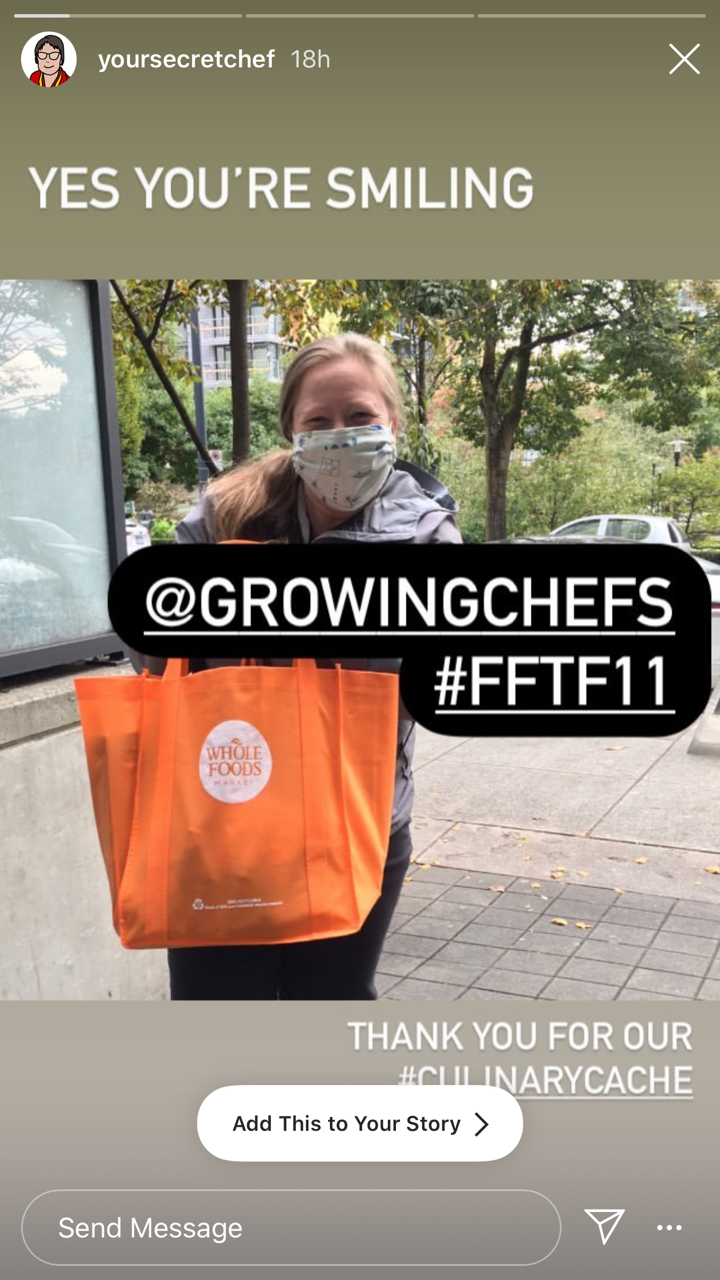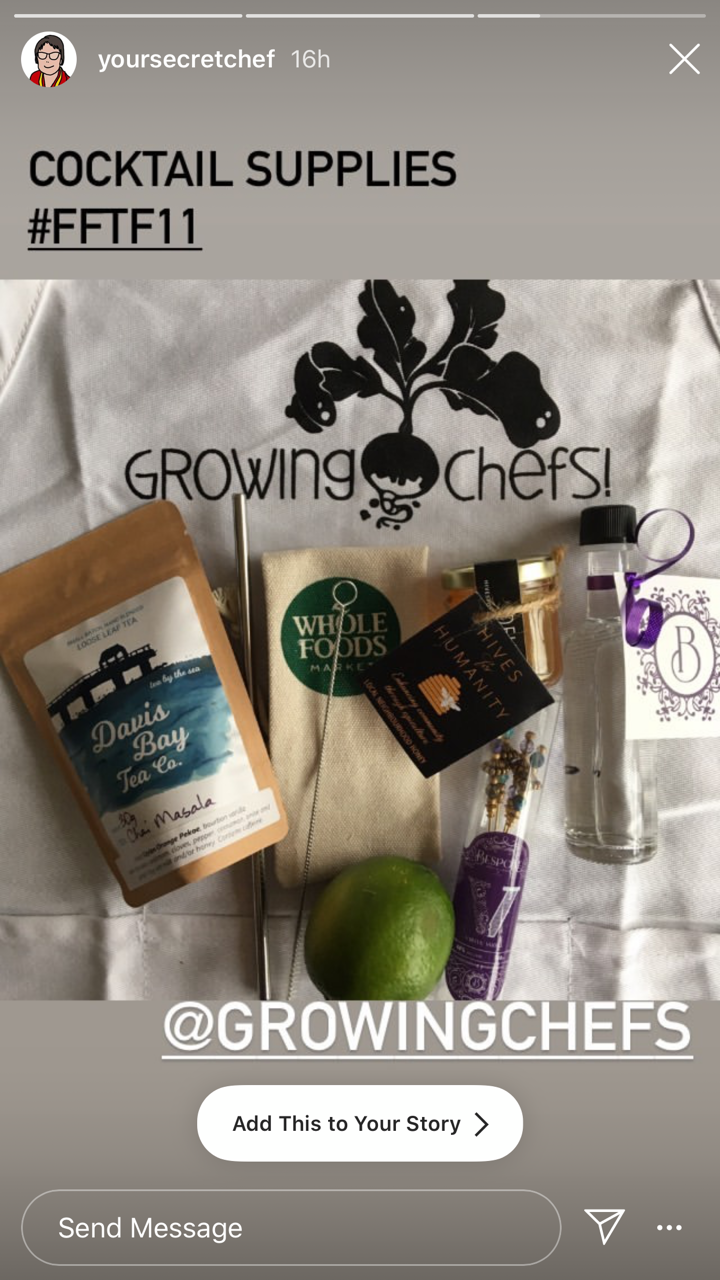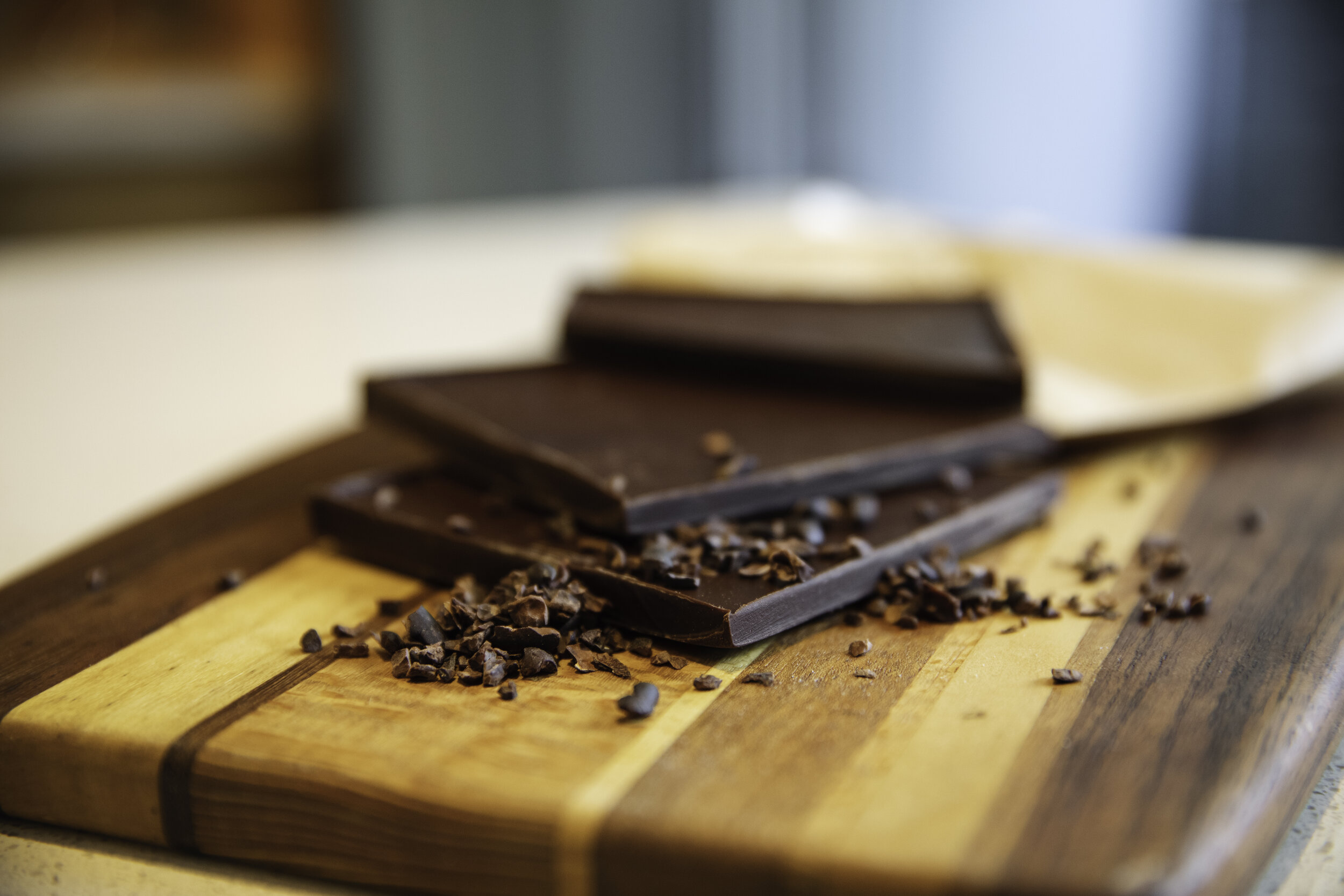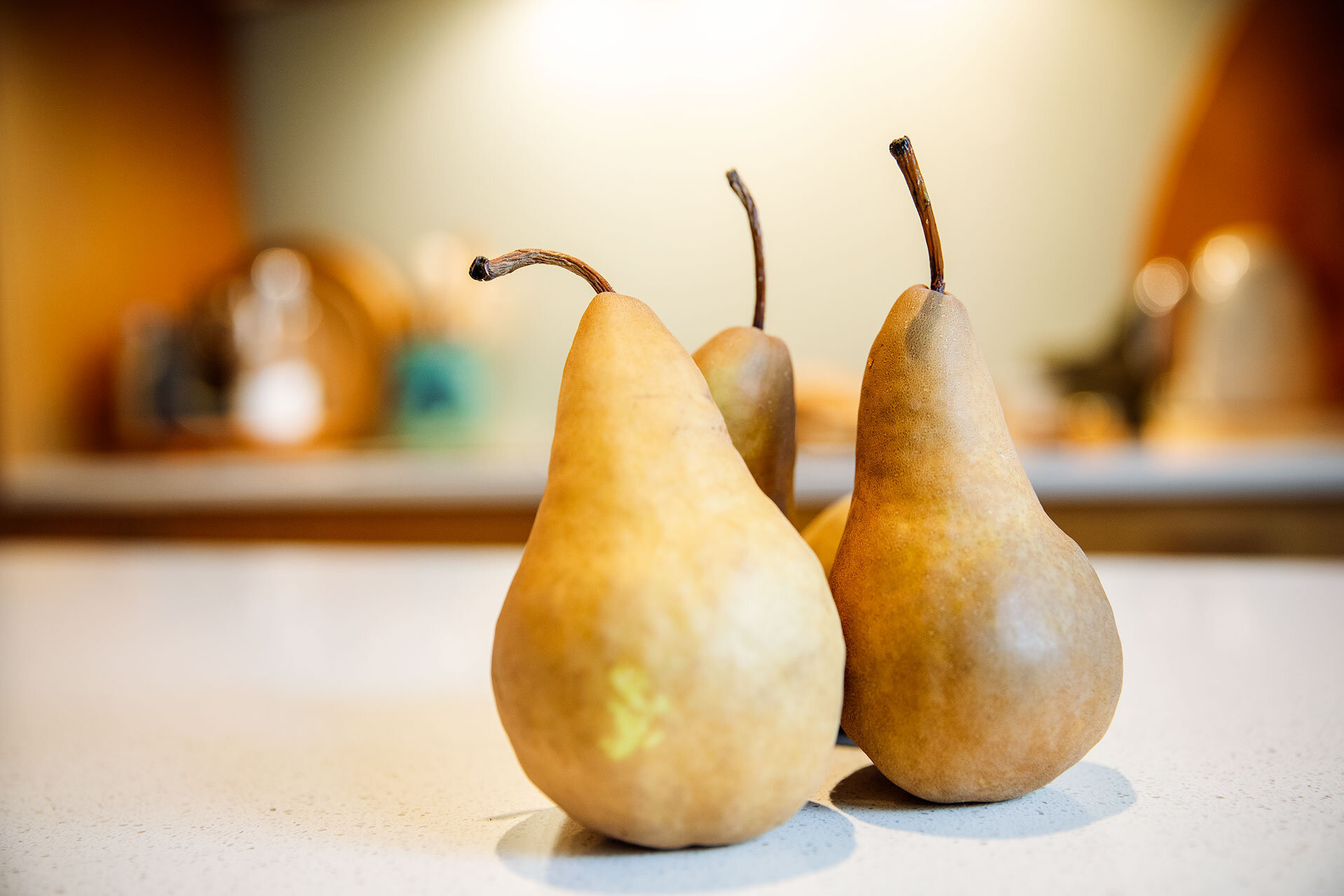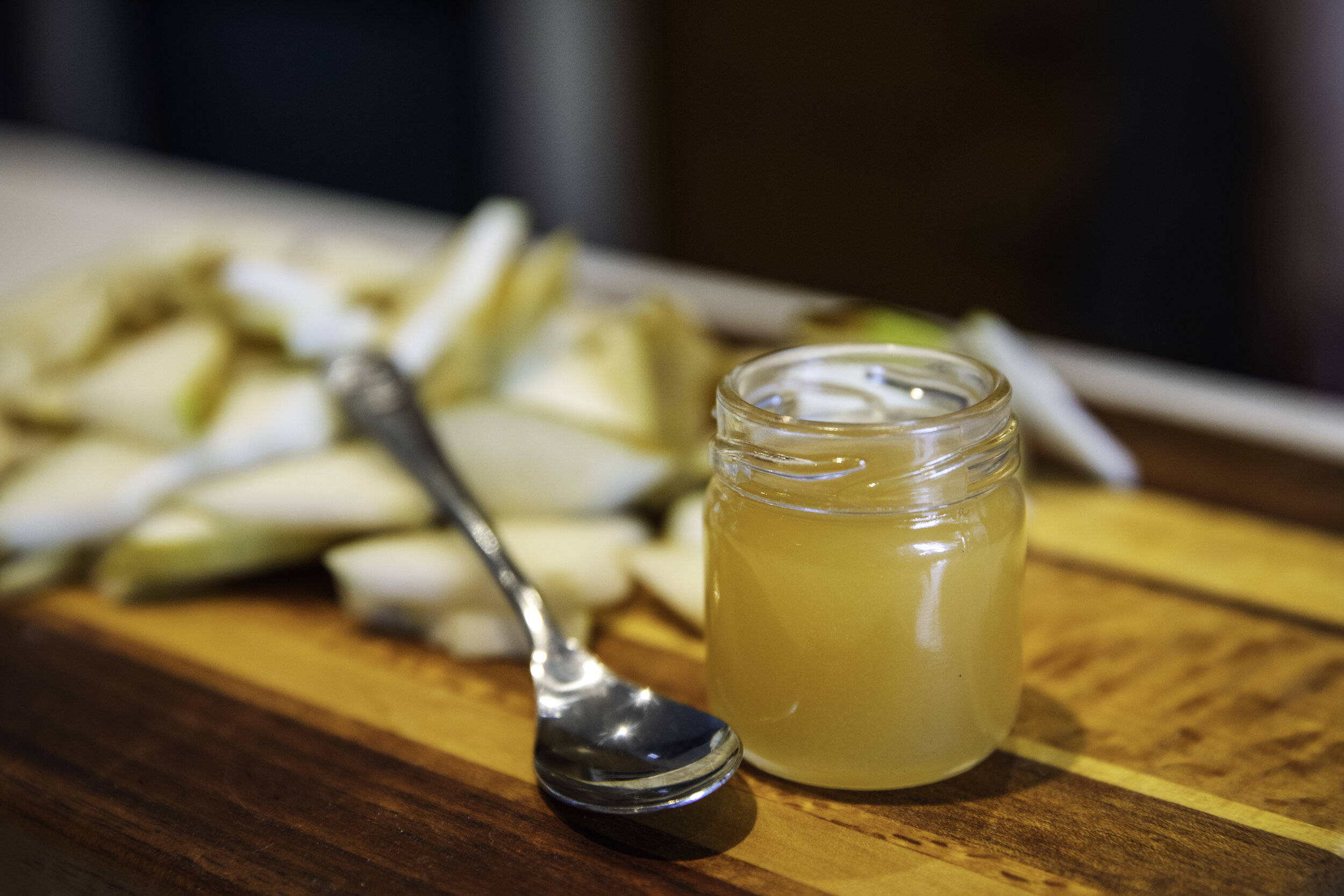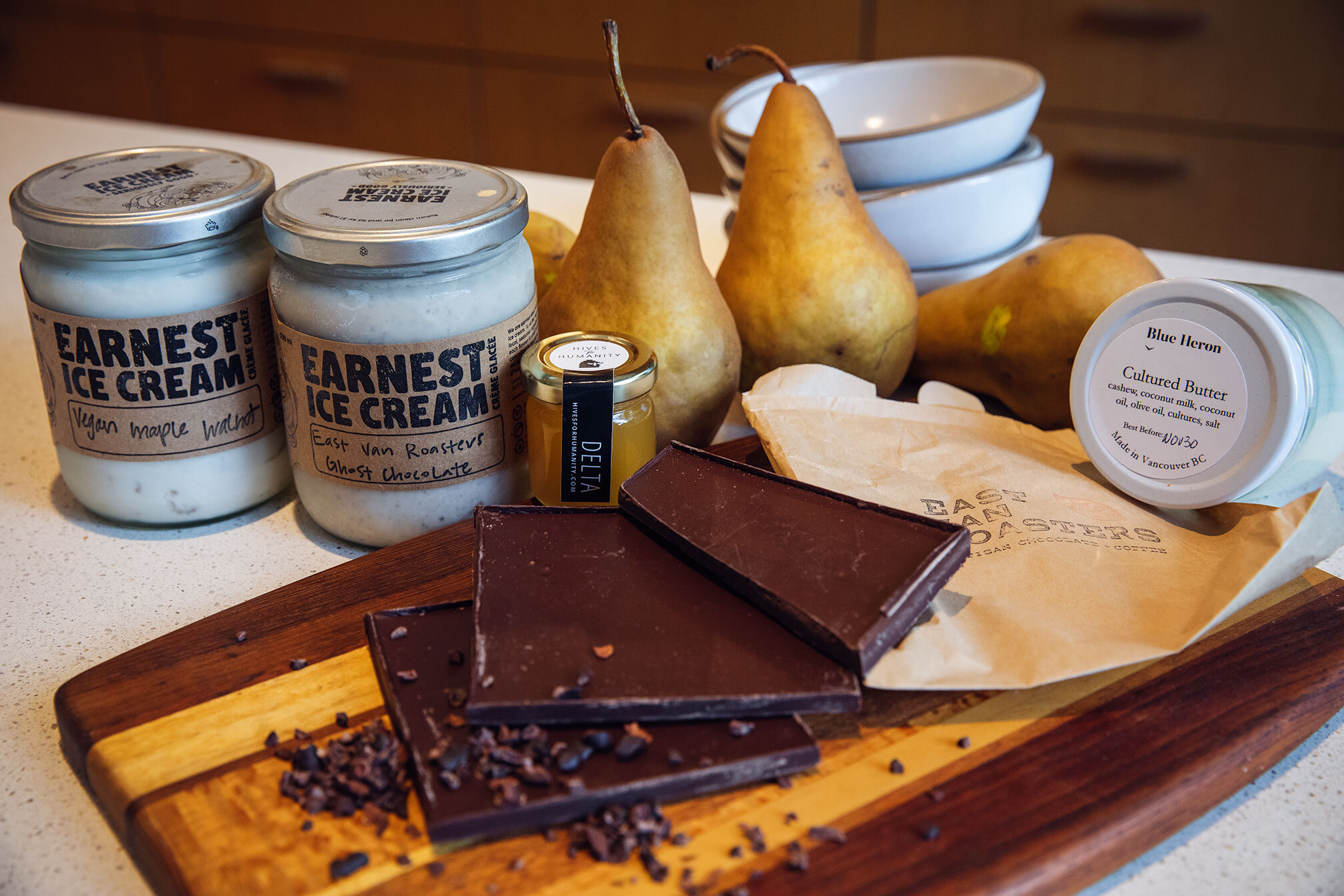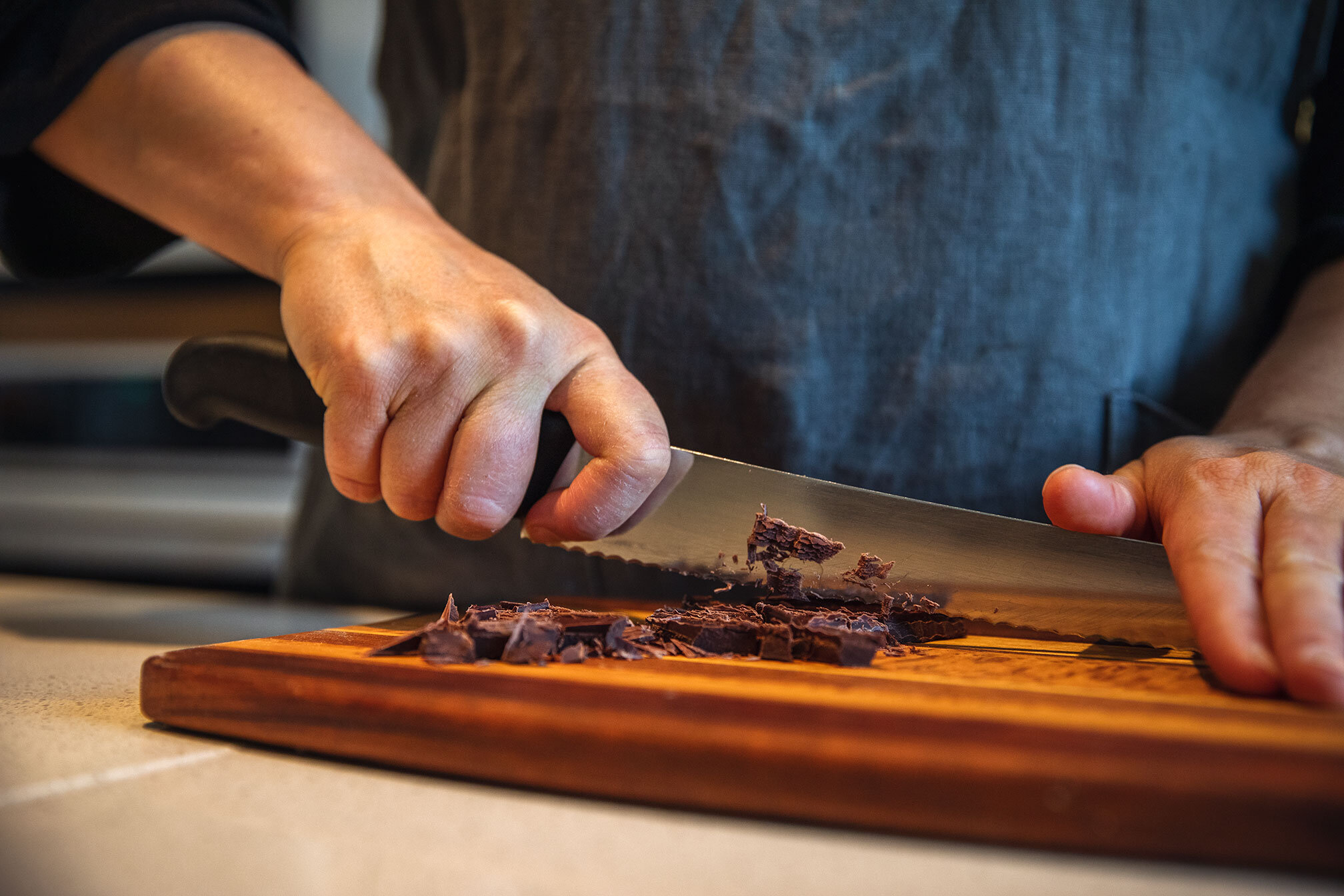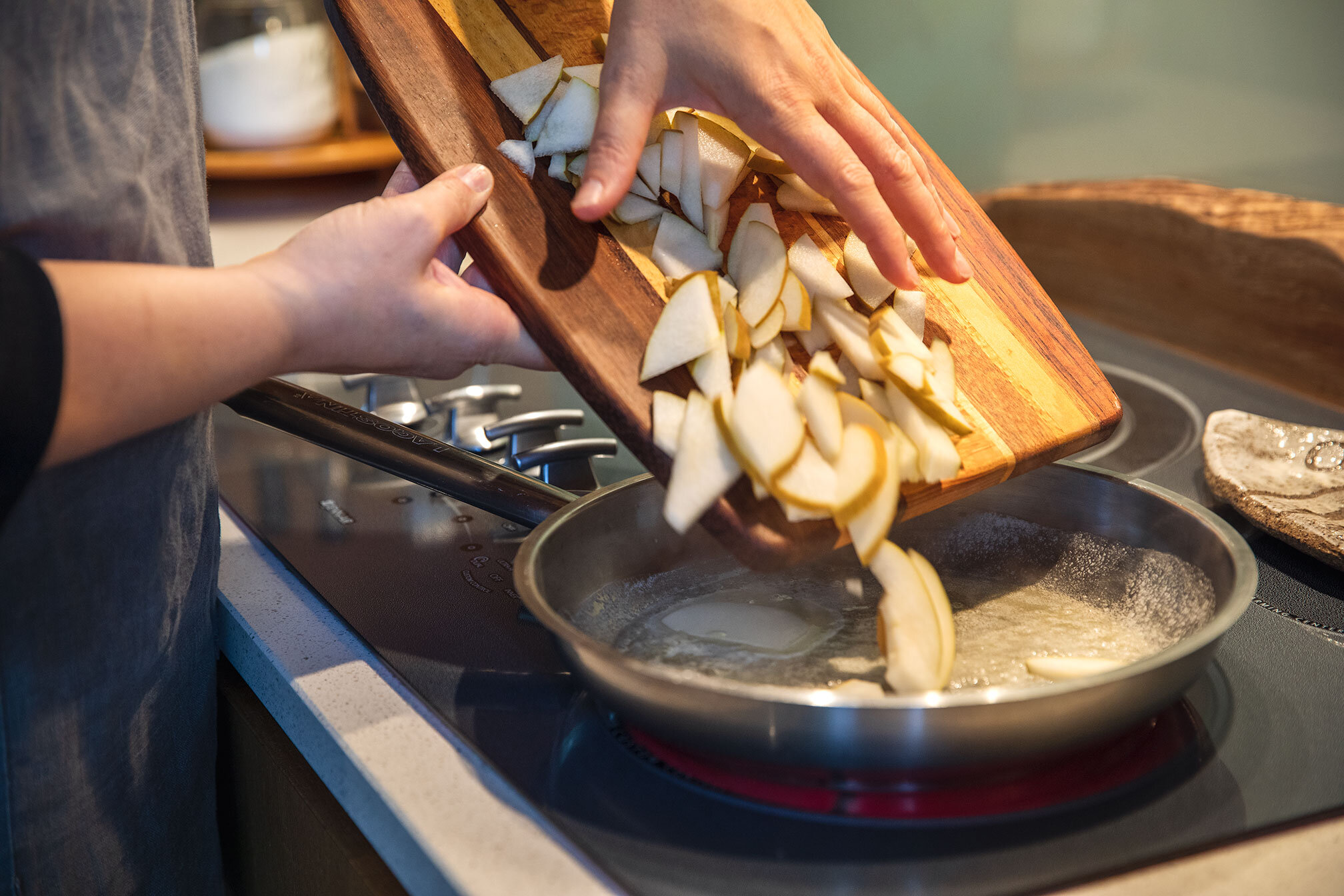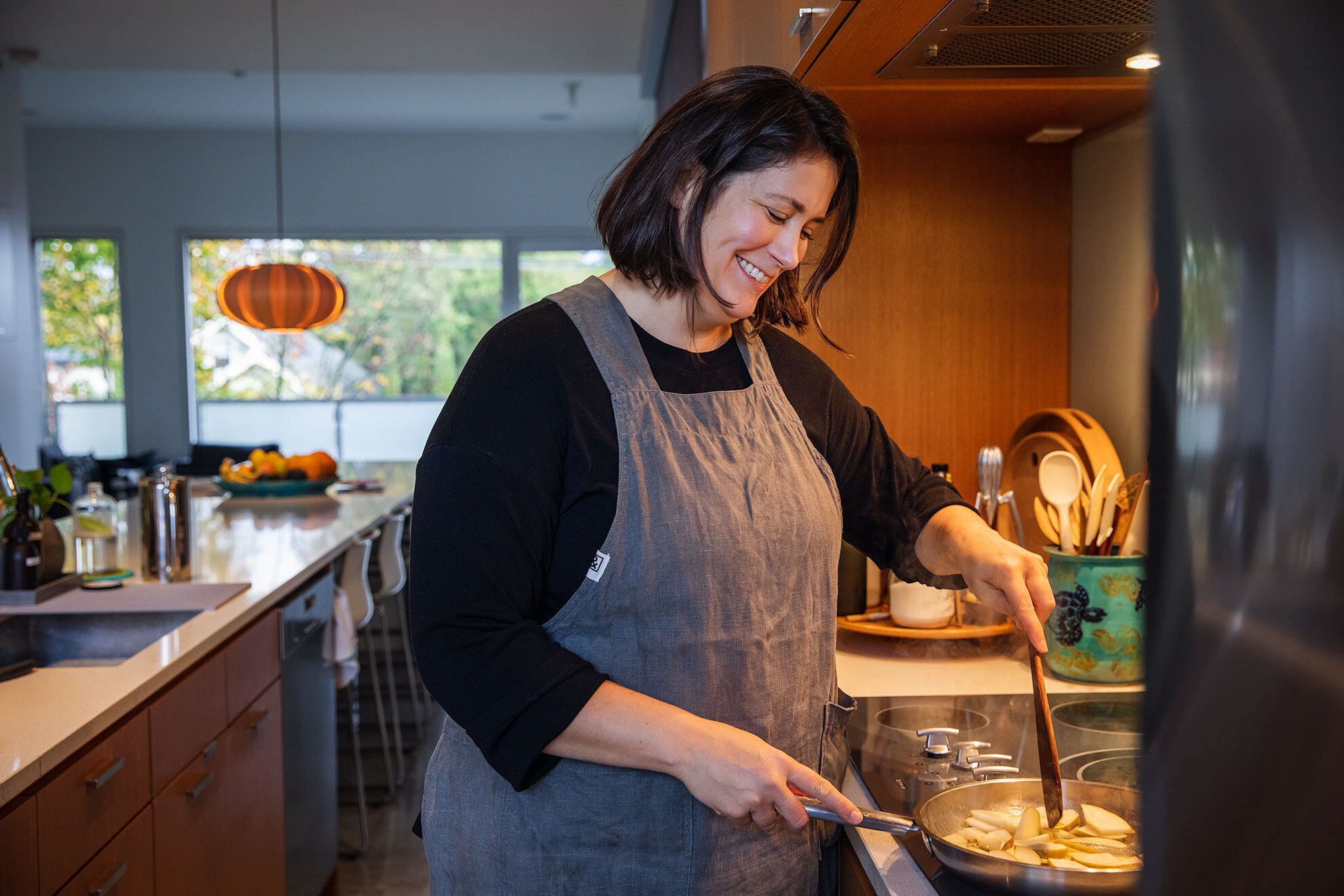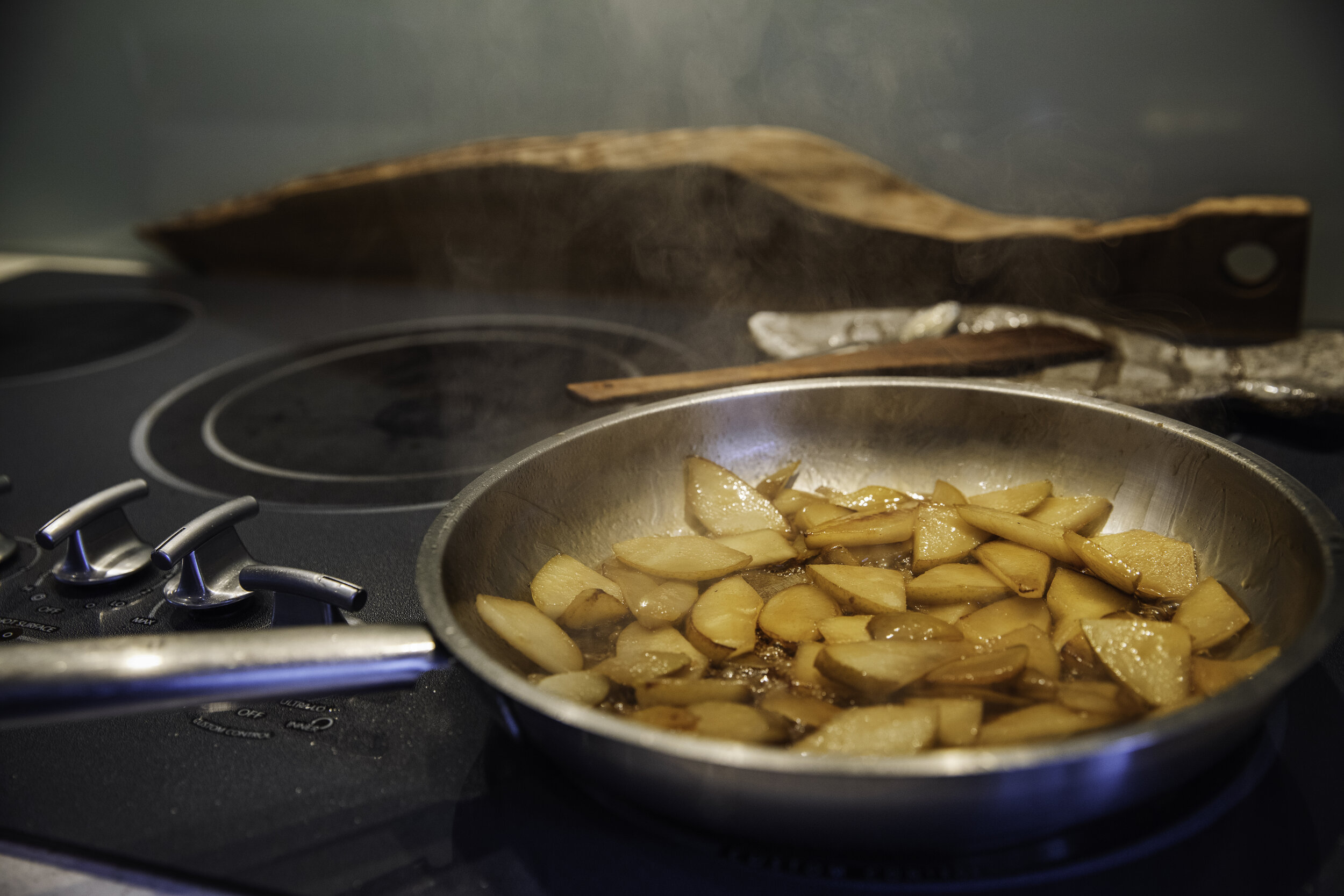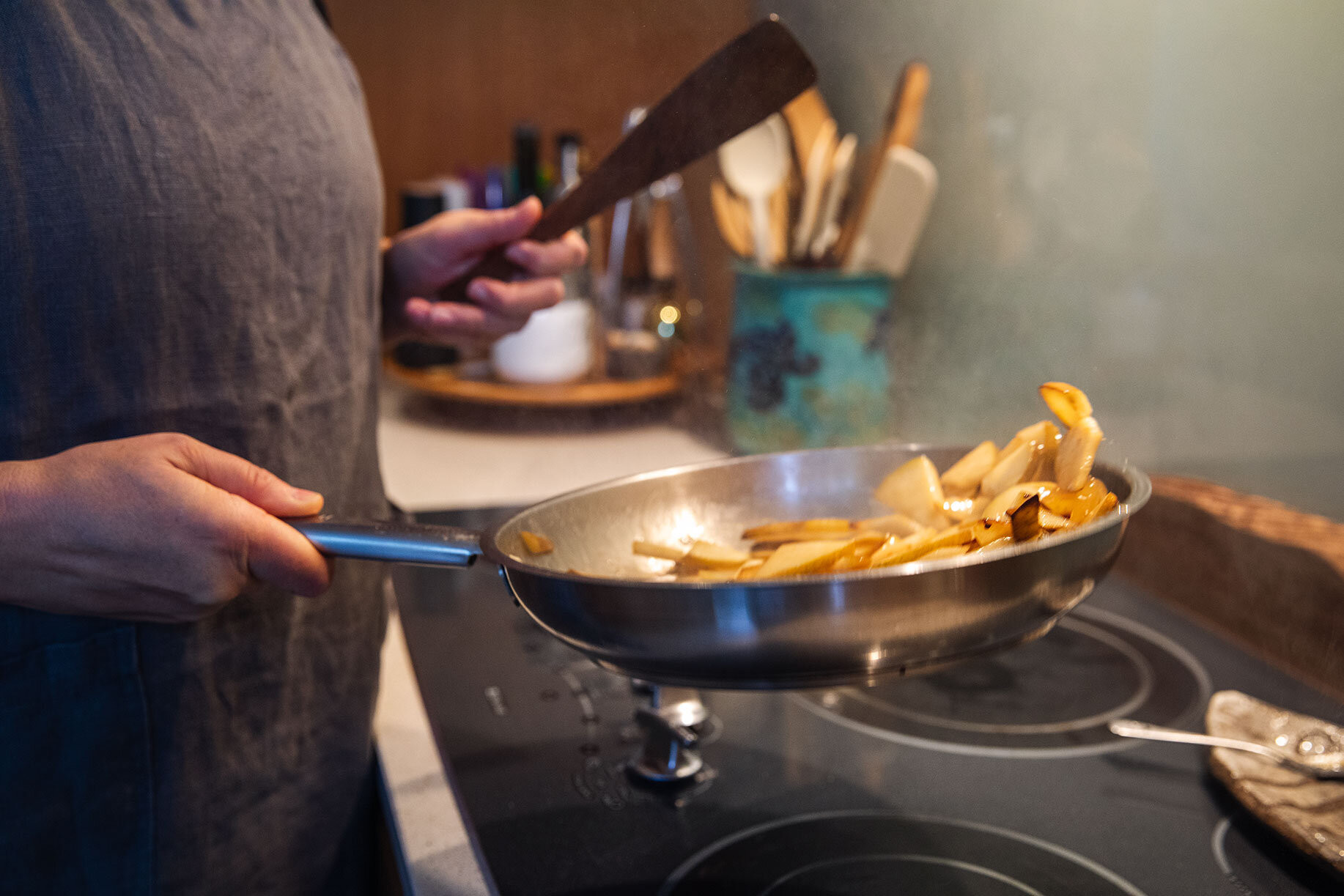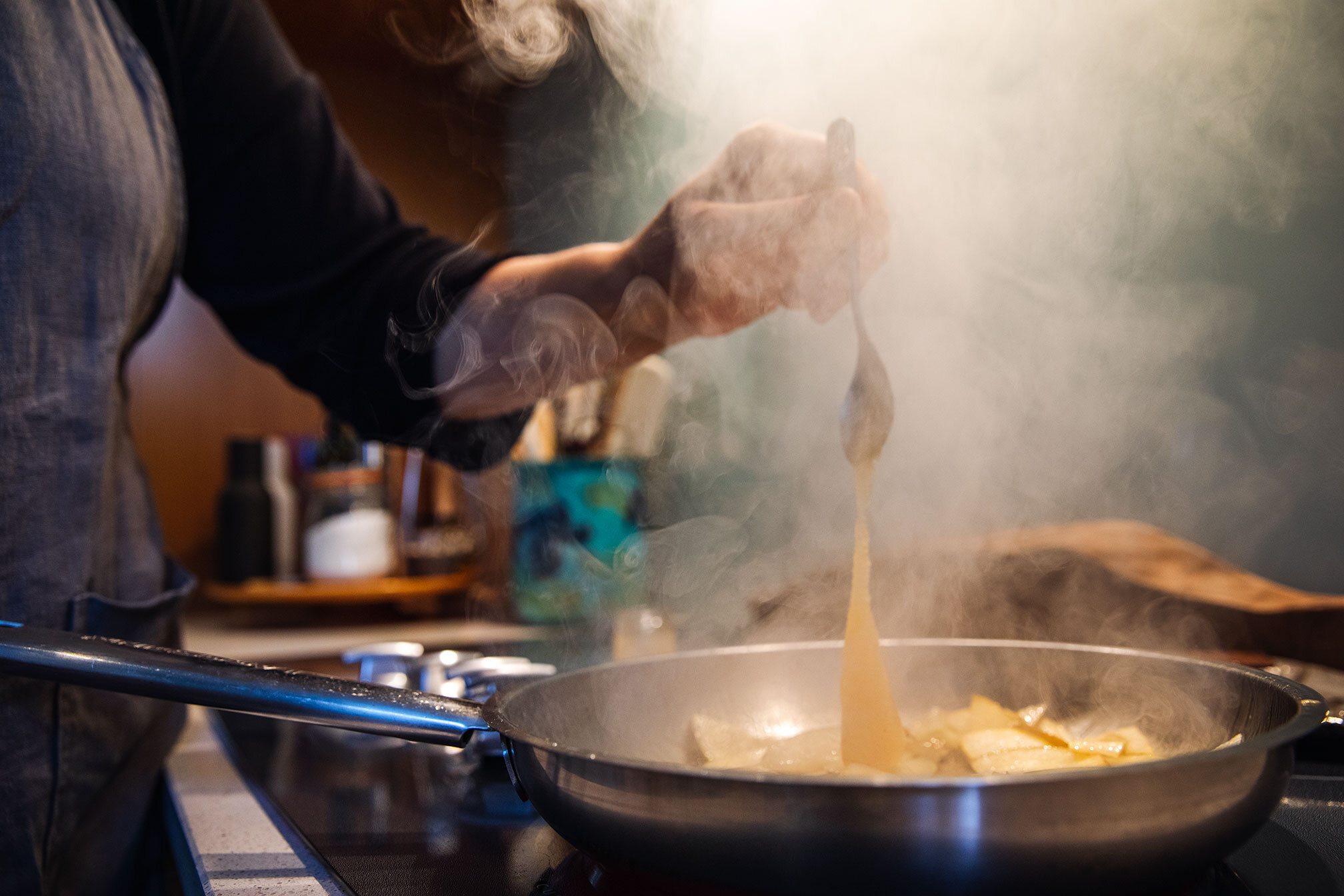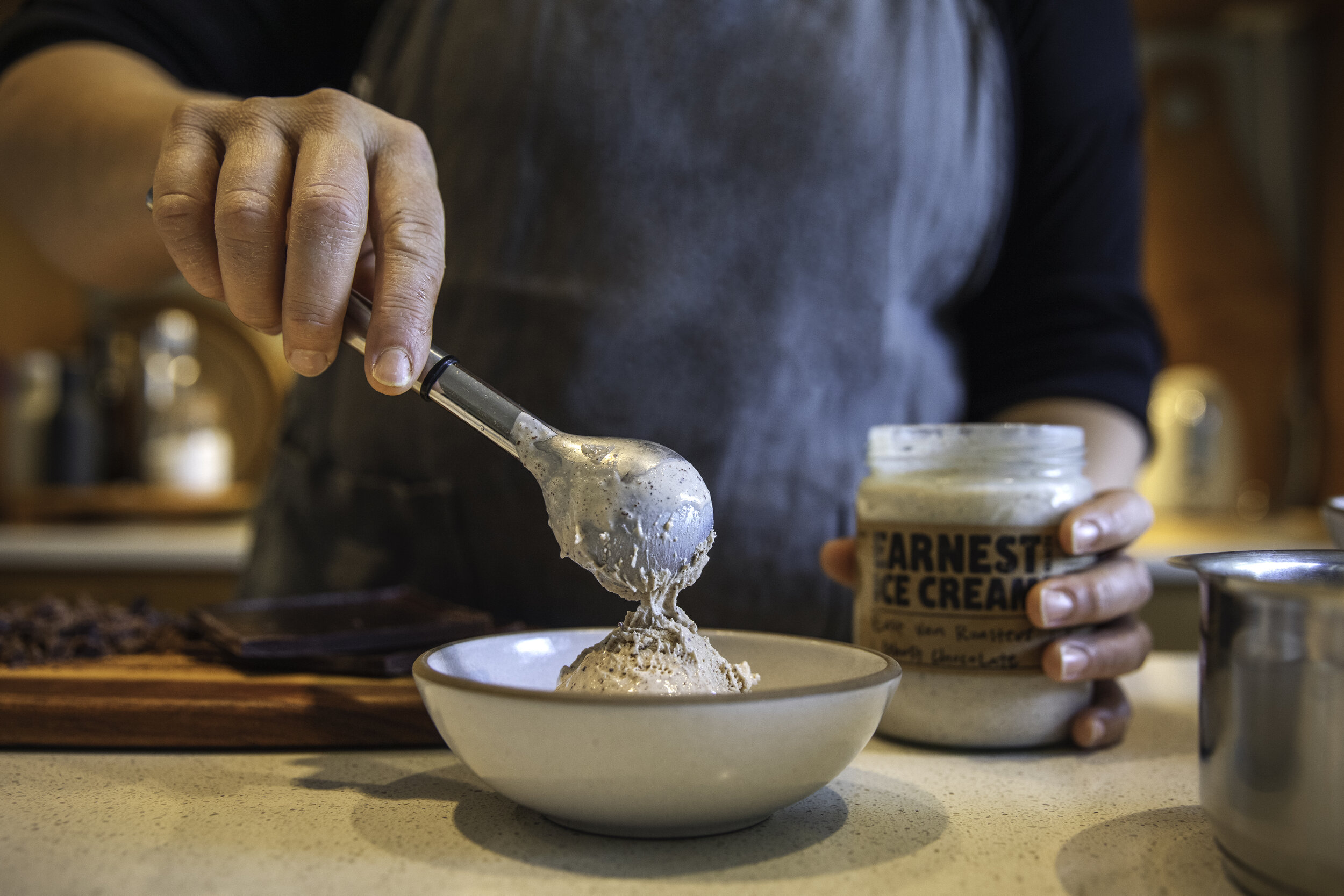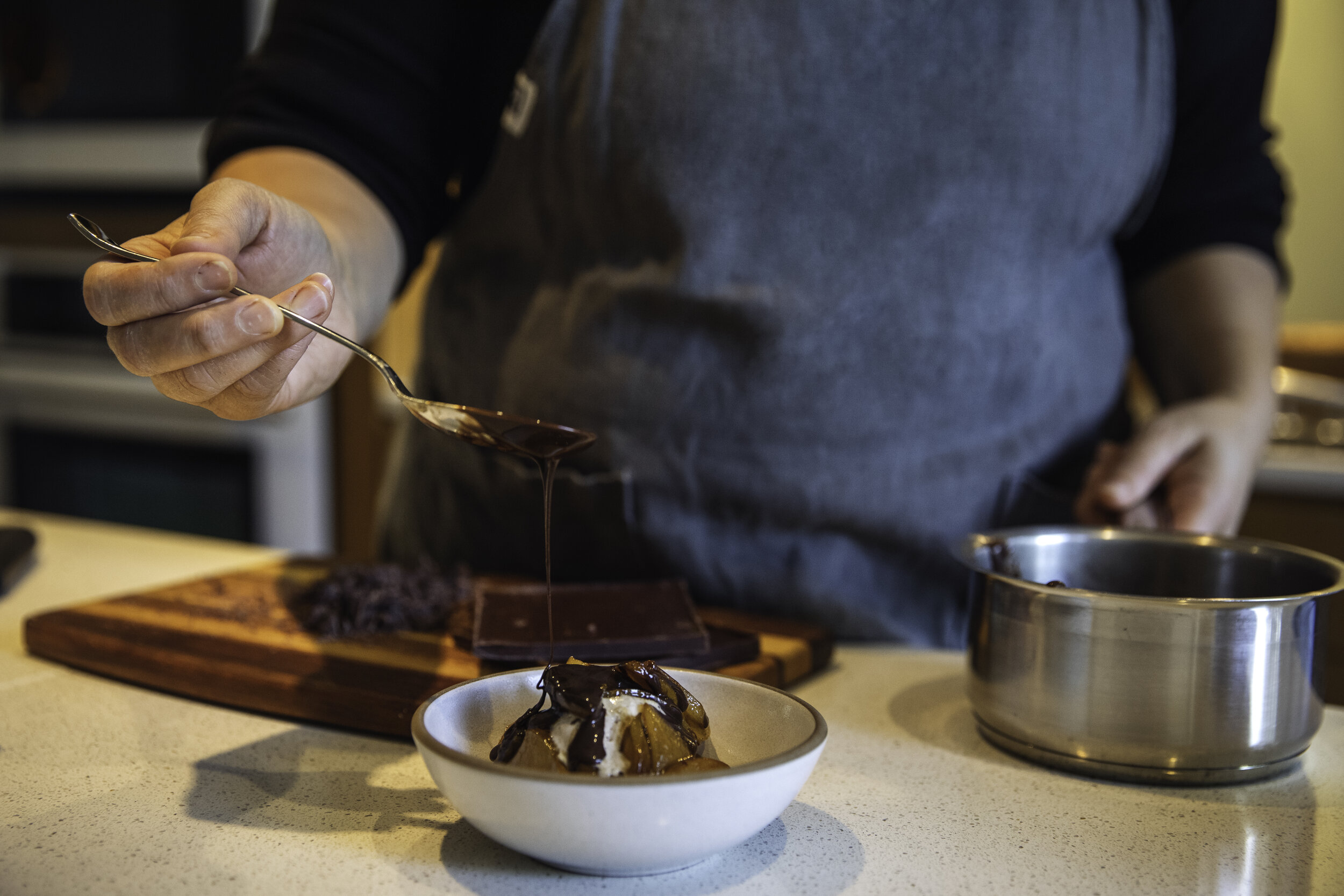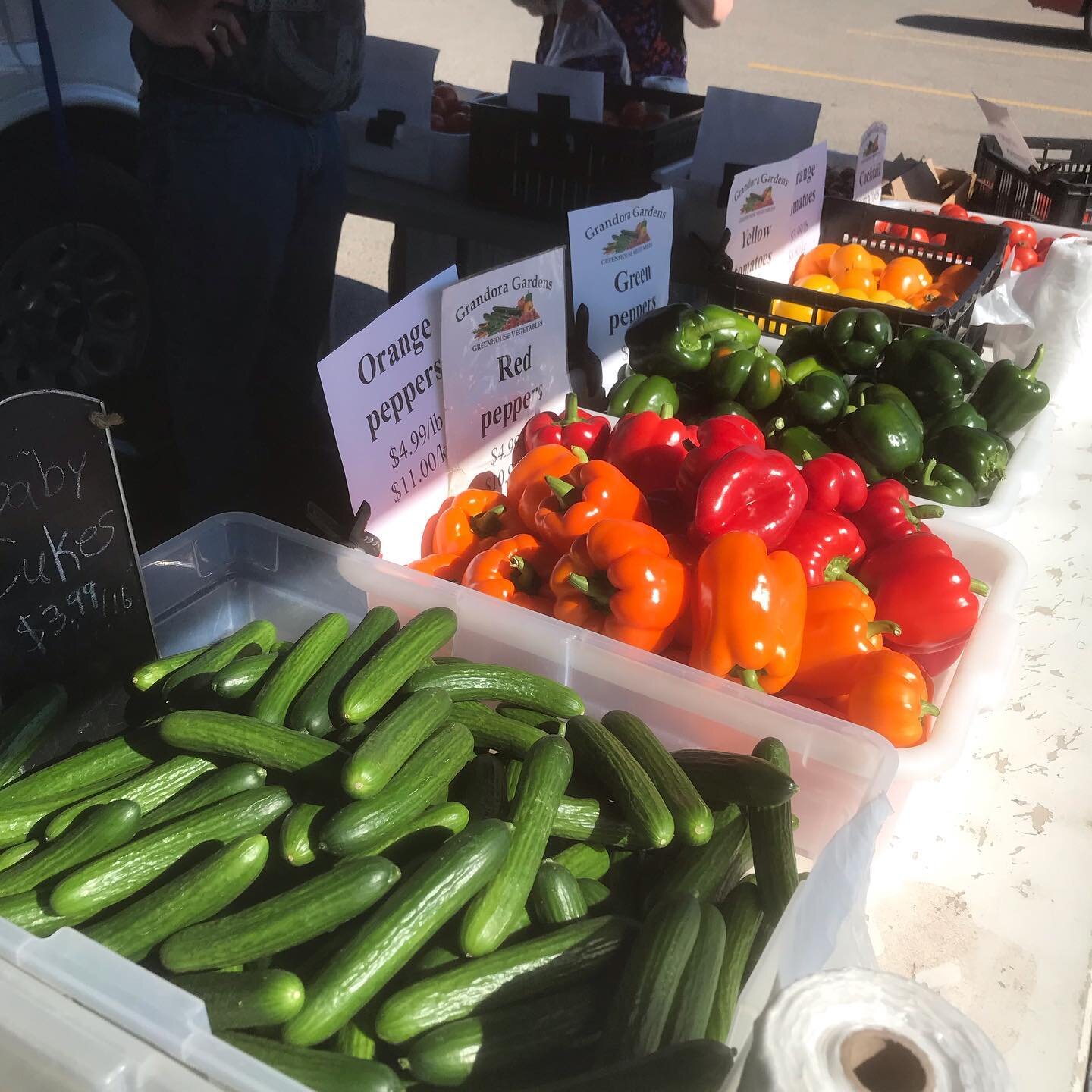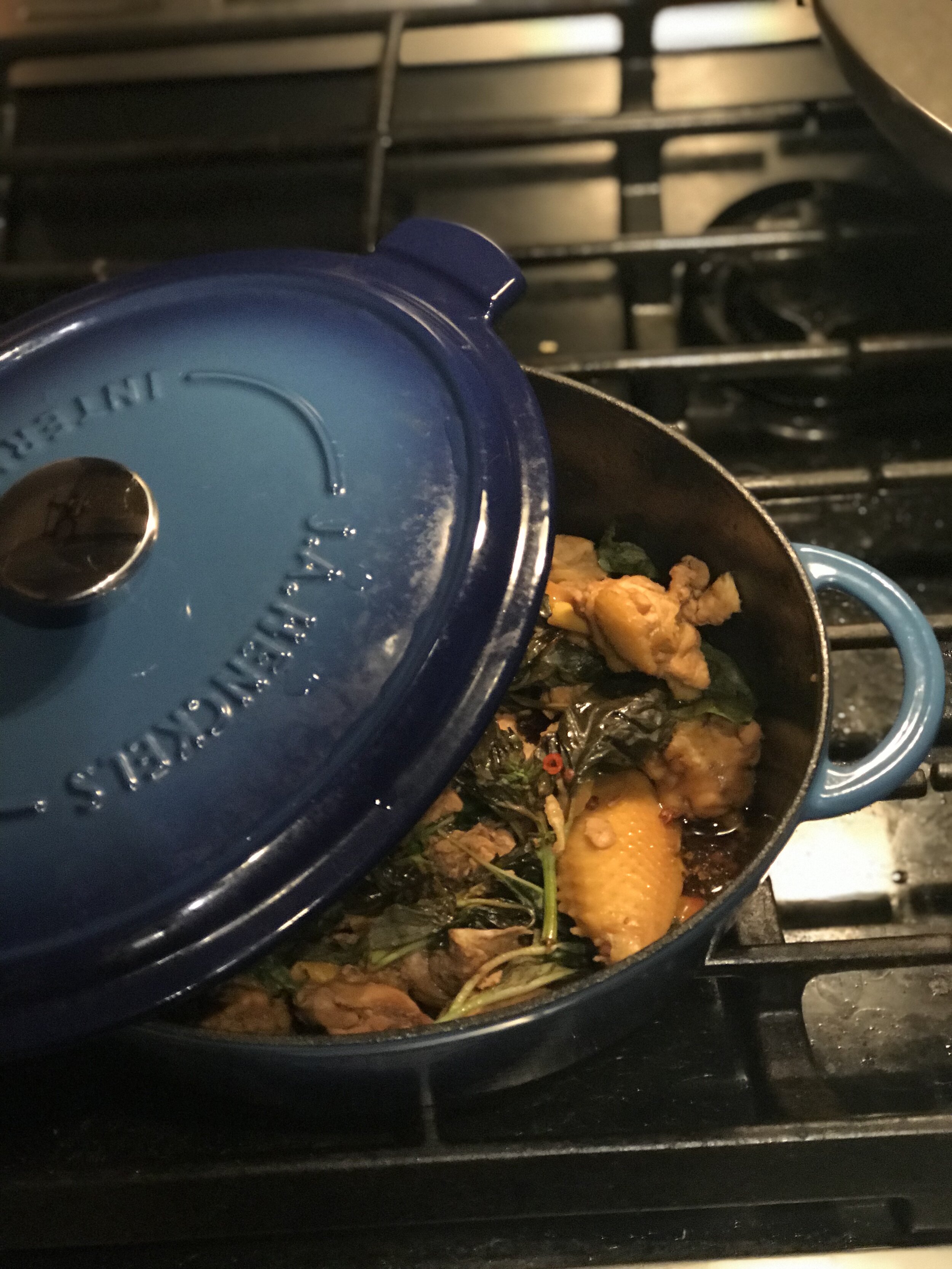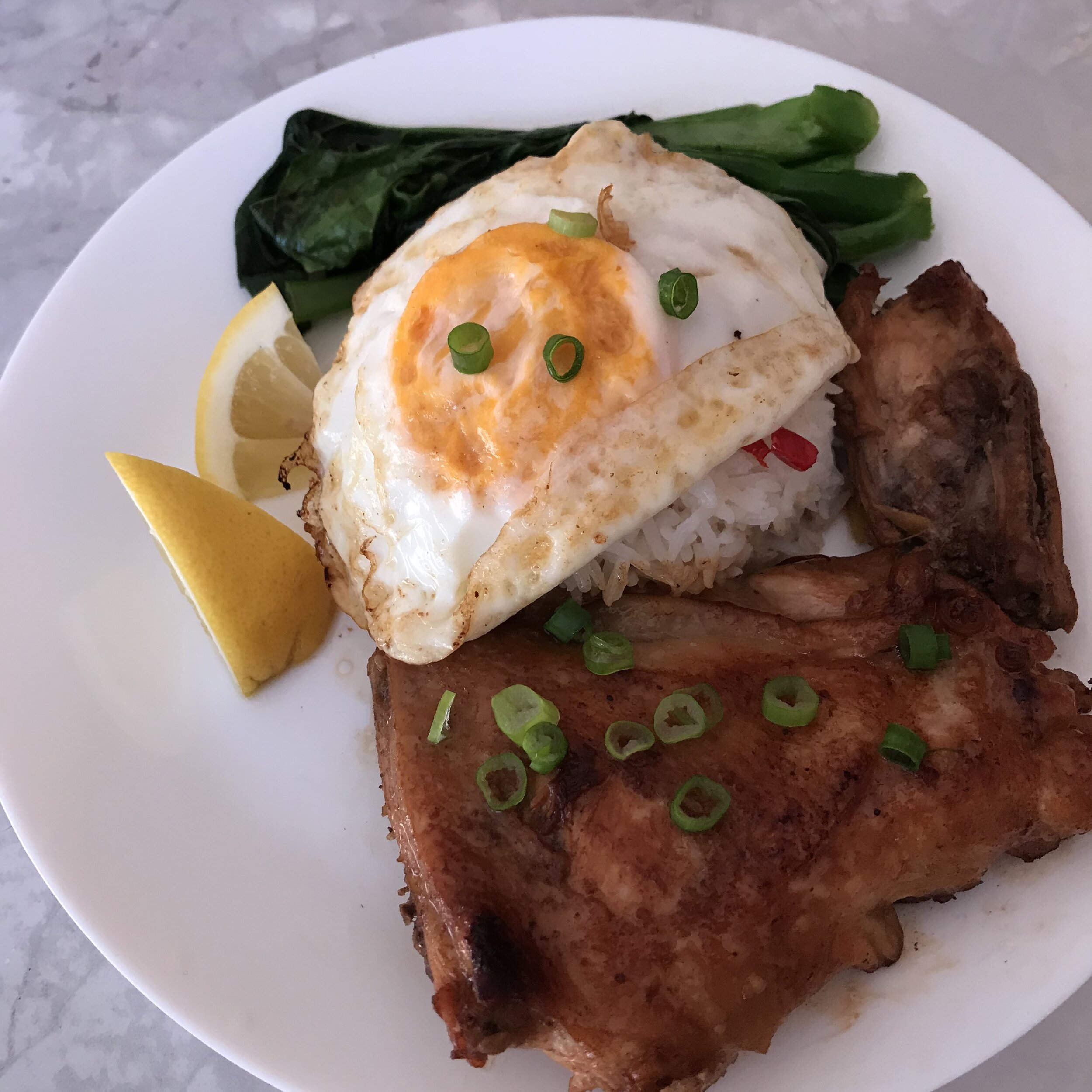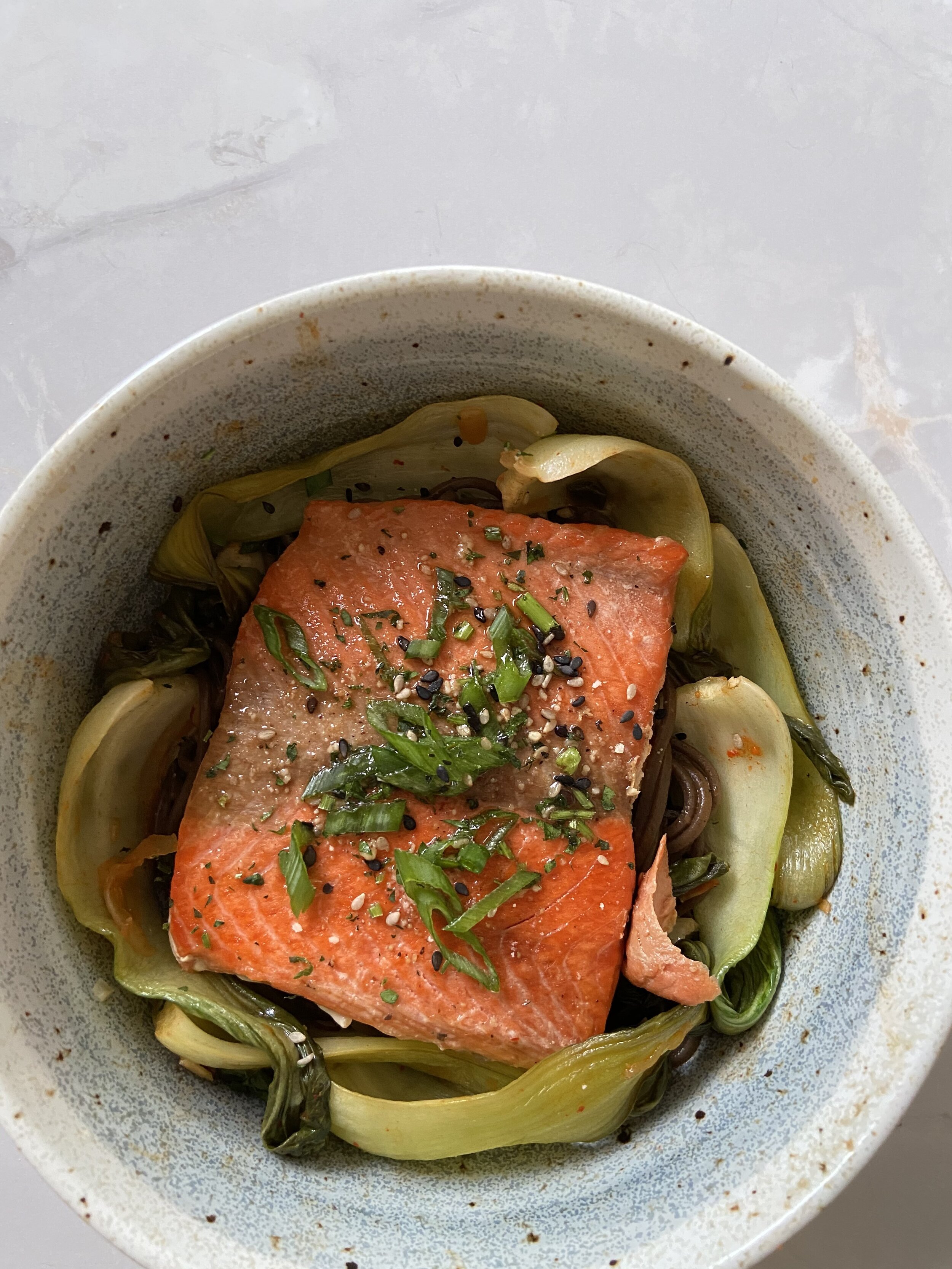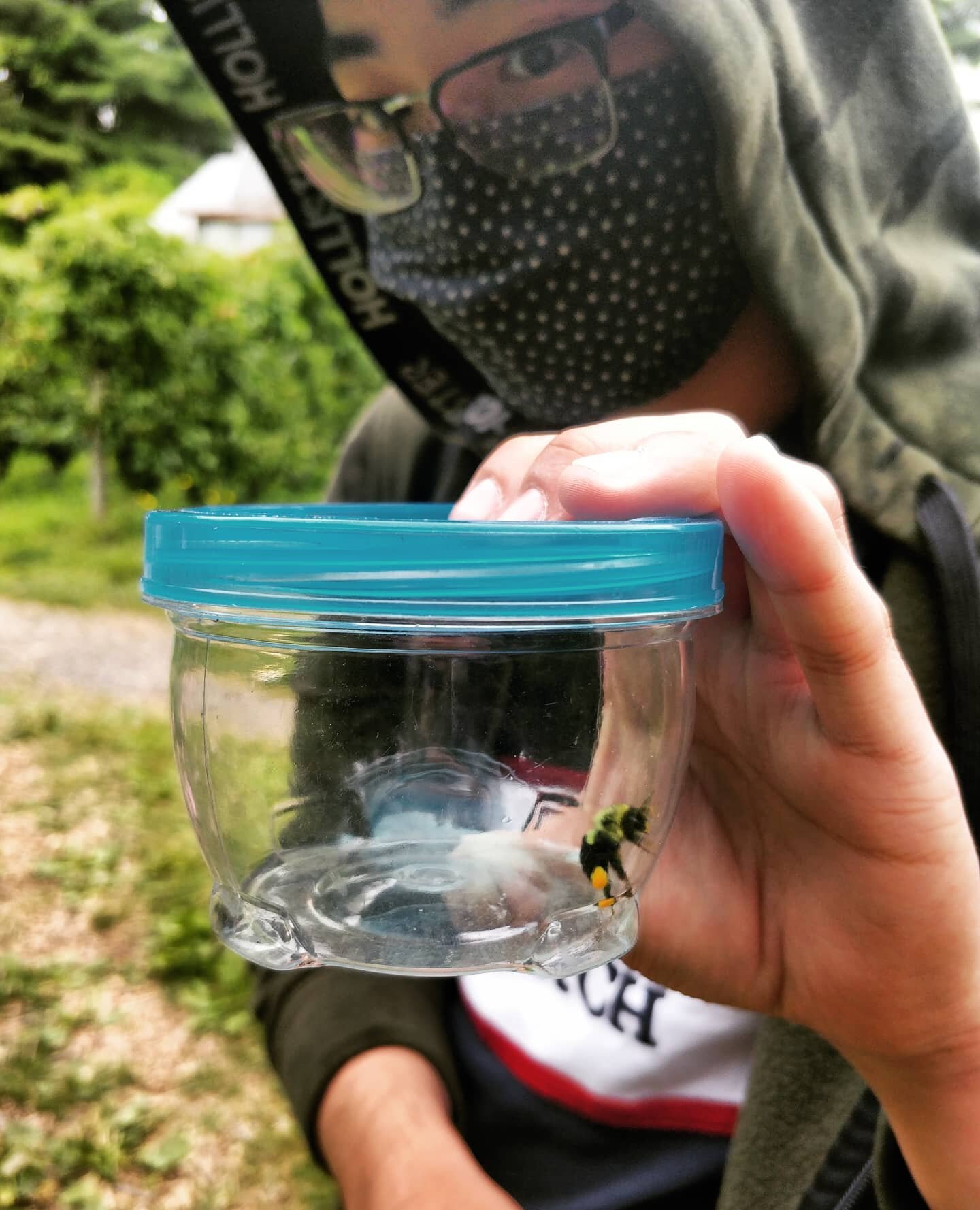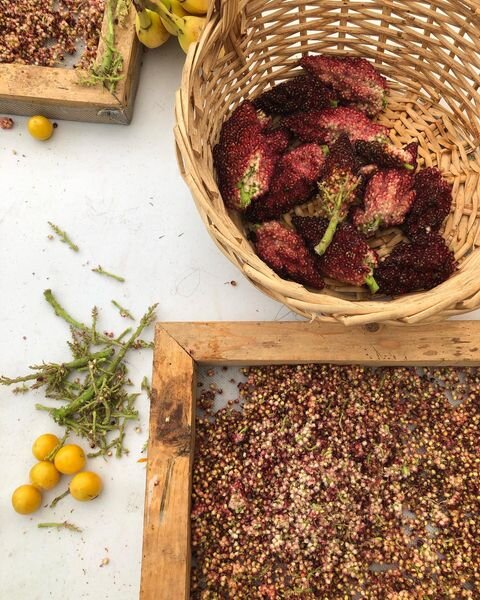We’re big advocates for sustainable and local products and you can bet that extends to our holiday shopping list. Now, more than ever, it is important to support our local businesses and local food community.
When doing your holiday shopping this year, we encourage you to think local and sustainable. Consumables make a great gift your loved ones will be more than excited to receive and there is no shortage of great local businesses that provide something for everyone on your list.
Remember that experiences and time together is a great gift as well. Consider supporting local restaurants by gifting a friend a gift card to their favourite local eatery so you can hang out and enjoy a meal together in the future, or source local ingredients and pick up a cookbook from a local chef for your family to cook and enjoy a meal together at home. There are loads of ways to get creative.
Our team of staff would like to share some of our favourites to help you find a gift for the foodie on your list. Almost all of the businesses below allow you to shop online and pick up your order at the store, or have your order shipped to you or directly to the person you are shopping for this holiday season making your holiday gift giving easier than ever this year.
East Van Roasters - eastvanroasters.com
319 Carrall Street, Vancouver, B.C.
If you have a chocolate lover on your holiday list this is the place to shop. Creating incredible, ethically sourced bean-to-bar chocolate and coffee, this local shop is also a social enterprise work and job training for women in downtown Vancouver. Check out their online shop for some sweet treats and even some sweet EVR swag.
East Van Jam - eastvanjam.com
Vancouver, B.C.
We love this local jam company with an incredible selection of locally made products made from B.C. produce. There are so many incredible flavours you’ll find it hard to pick just one. Available through online orders or at a selection of retailers (check out their website to find one near you).
Soirette - soirette.com
1433 W Pender Street, Vancouver, B.C.
For holiday cakes, cookies boxes, and macarons, check out Soirette bakery. Their holiday cookie box makes the perfect gift with nine varieties of delicious cookies. Or for a fun and scrumptious family activity- check out their DIY ginger bread kit. Everything you need to build and decorate your own gingerbread house.
Hives for Humanity - hivesforhumanity.com
101 - 1245 Glen Drive, Vancouver, B.C.
Looking for stocking stuffer ideas? Our friends at Hives fro Humanity have got you covered with jars of fresh local honey, beeswax candles, and a fine collection of salves , balms, and tinctures. Order online or check out their website for a retailer near you that carries their products.
Blue Heron Creamery - blueheroncheese.com
2410 Main Street, Vancouver, B.C.
Plant-based, cultured, fresh & aged. Blue Heron produces 100% dairy-free, plant-based vegan cheeses and other products, a perfect gift for the vegan in your life. But not just for vegans! Consider a Blue Heron purchase for any foodie on your gift list.
Mission Hill Family Estate - missionhillwinery.com
West Kelowna, B.C.
Mission Hill Family Estate Winery is Canada’s only five-time winner of Winery of the Year. Their online shop offers wine by the bottle, or carefully curated gift packages. Treat your friends and family to a bottle of B.C.
Coho Commissary Market - cohocommissary.com/market
Vancouver, B.C.
Head over to the Coho Commissary’s online Market for a number of incredible and delicious food and drink options from their incredible community of local small businesses. There’s something for everyone in here and if you simply cannot decide which food items to get for your gift try one of their curated food boxes with a selection of amazing products from their vendors.
Sheringham Distillery - sheringham-distillery.myshopify.com
Sooke B.C.
Started by a local chef turned distiller and his wife, Sheringham makes small batch handmade spirits from high quality, locally sourced ingredients. The perfect gift for those who enjoy making cocktails.
Lumette -enjoylumette.com
Sooke, B.C.
Alayne MacIsaac (also co-founder of the above mentioned Sheringham Distillery) created Lumette for those who want to enjoy a cocktail without the alcohol. These non-alcoholic spirits are crafted using premium botanicals and traditional distilling methods and make the perfect gift for those that love making fabulous cocktails, without the alcohol.
Davis Bay Tea Co. - davisbaytea.ca
Davis Bay, B.C.
Who doesn’t love curling up on a cold rainy day with a piping hot cup of delicious tea. Davis Bay Tea Company has a wide selection of delicious loose leaf tea blends and even has holiday gift boxes so you can give the tea lover on your list a gift that allows them to experience many of the amazing blends and flavours Davis Bay Tea Co. has to offer.
Flourist - flourist.com
3433 Commercial St, Vancouver, B.C.
Have an avid baker on your holiday list? Check out Flourist for some great gift ideas. Whether it’s some new tools for in the kitchen or perhaps a bouquet of flours, the baking enthusiast on your holiday list would definitely love to receive some of the amazing products Flourist has available.
Untangled Cider - untangledcider.ca
725 MacKenzie Road, Cawston, B.C.
Dry, fruit forward ciders made on the Klippers Organic Farm and served at Row Fourteen Restaurant. Klippers believes that food should be organic, fresh, and grown free of pesticides or genetic modification – just as nature intended.
You can find Untangled Cider weekly at the Vancouver Farmers Market.
Vancouver Farmers Market - eatlocal.org
Vancouver, B.C.
Our B.C. farms and producers offer fresh fruits and vegetables, meat, eggs, dairy, and poultry, sustainable seafood, craft beer, wine and spirits, artisan food products, handmade craft, wild harvested foods, and hot food and coffee. When you shop at a Vancouver Farmers Market, you’re buying fresh, delicious food directly from local producers.

























